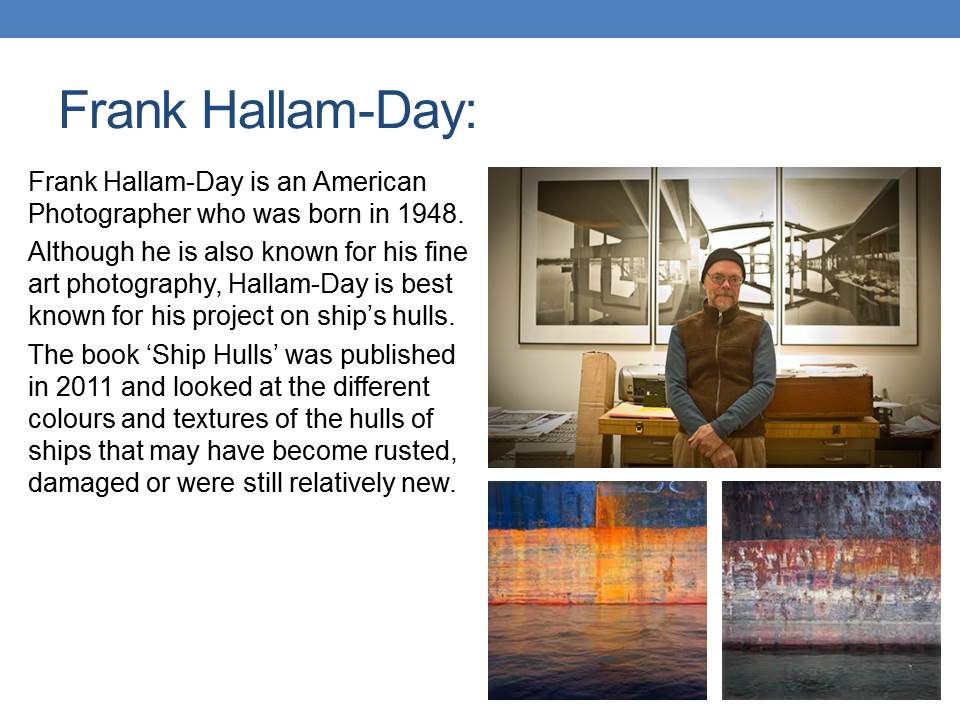
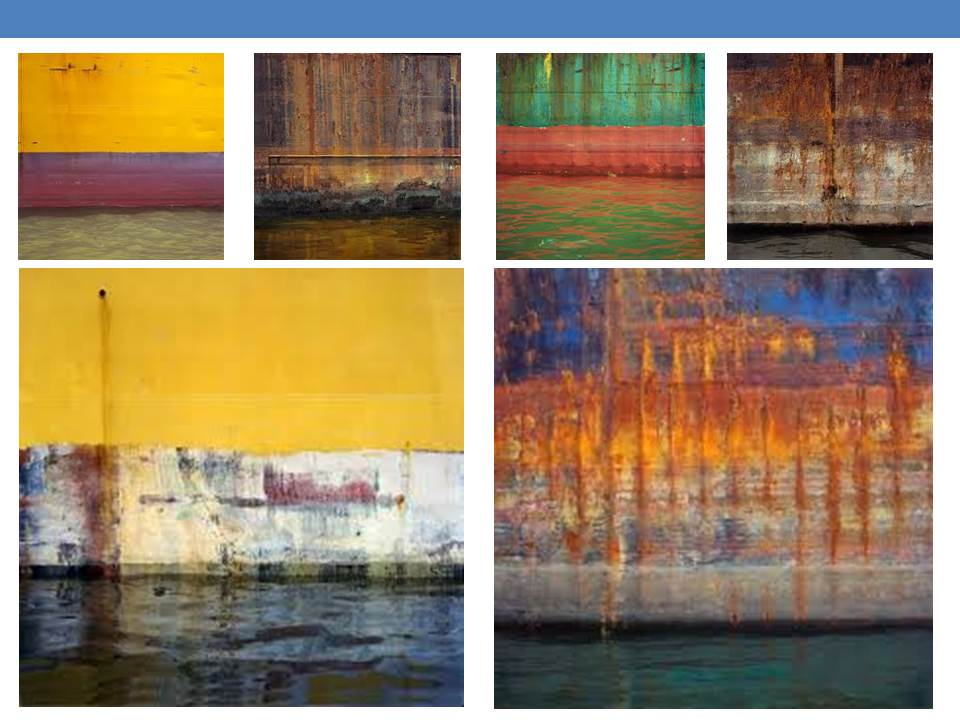
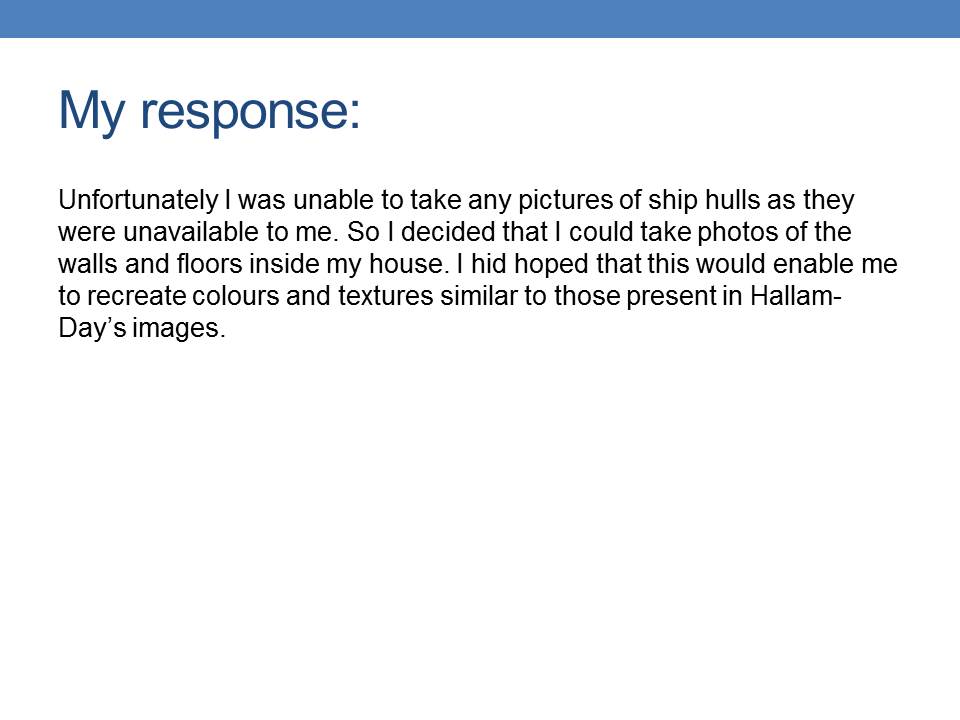

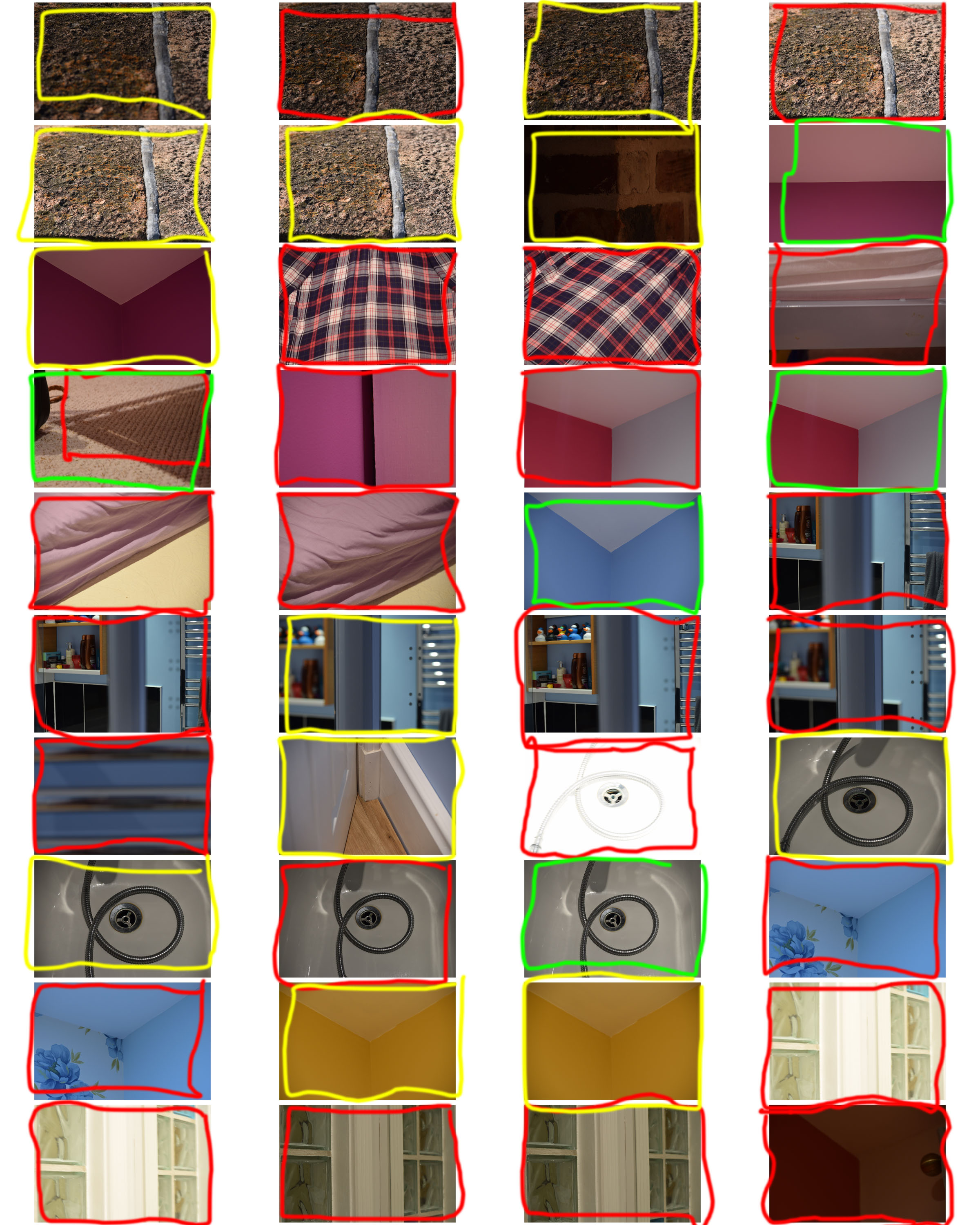
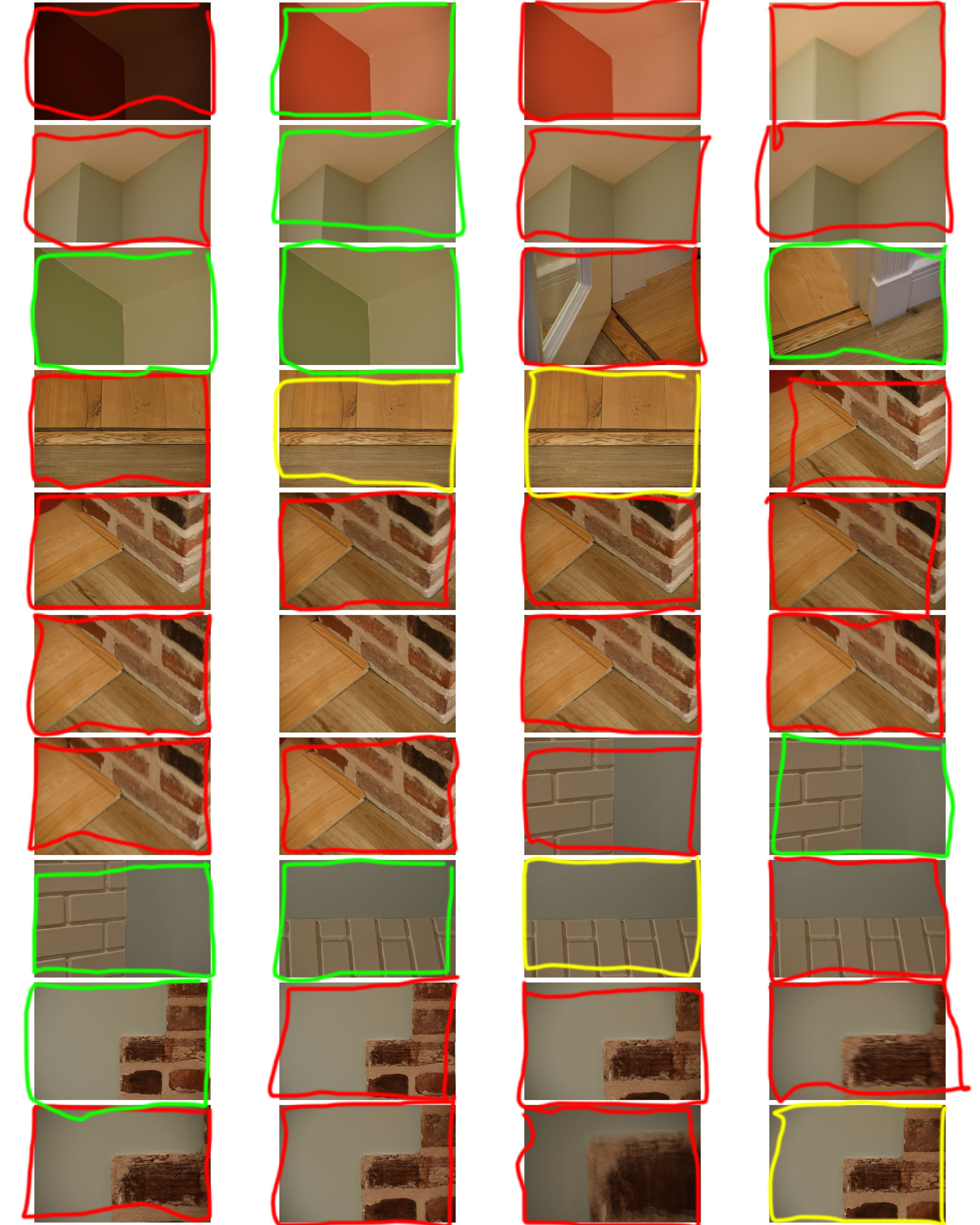
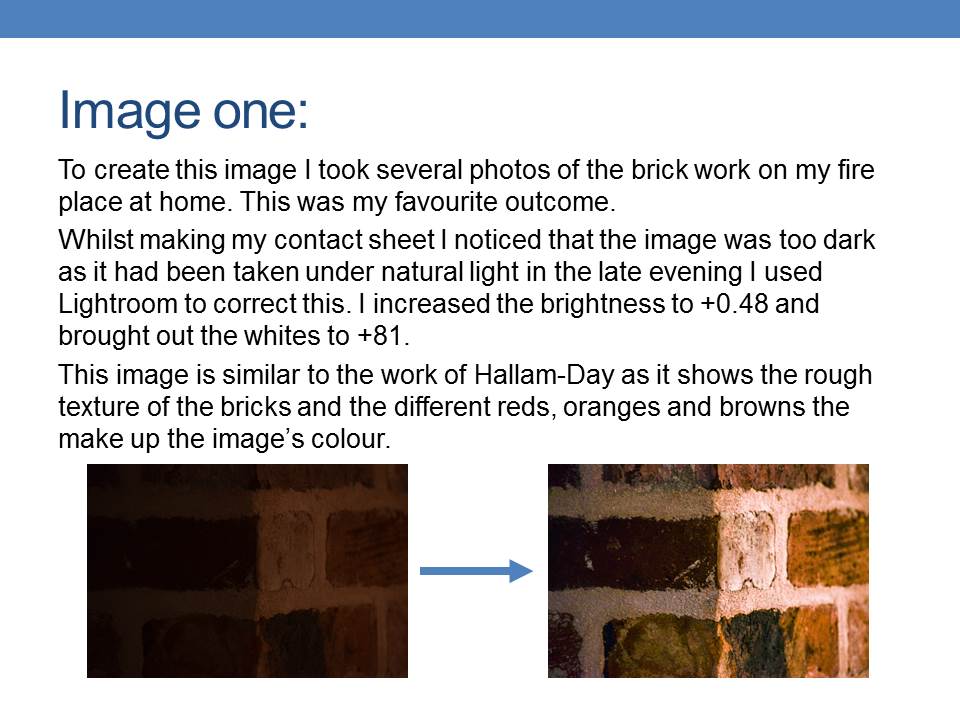
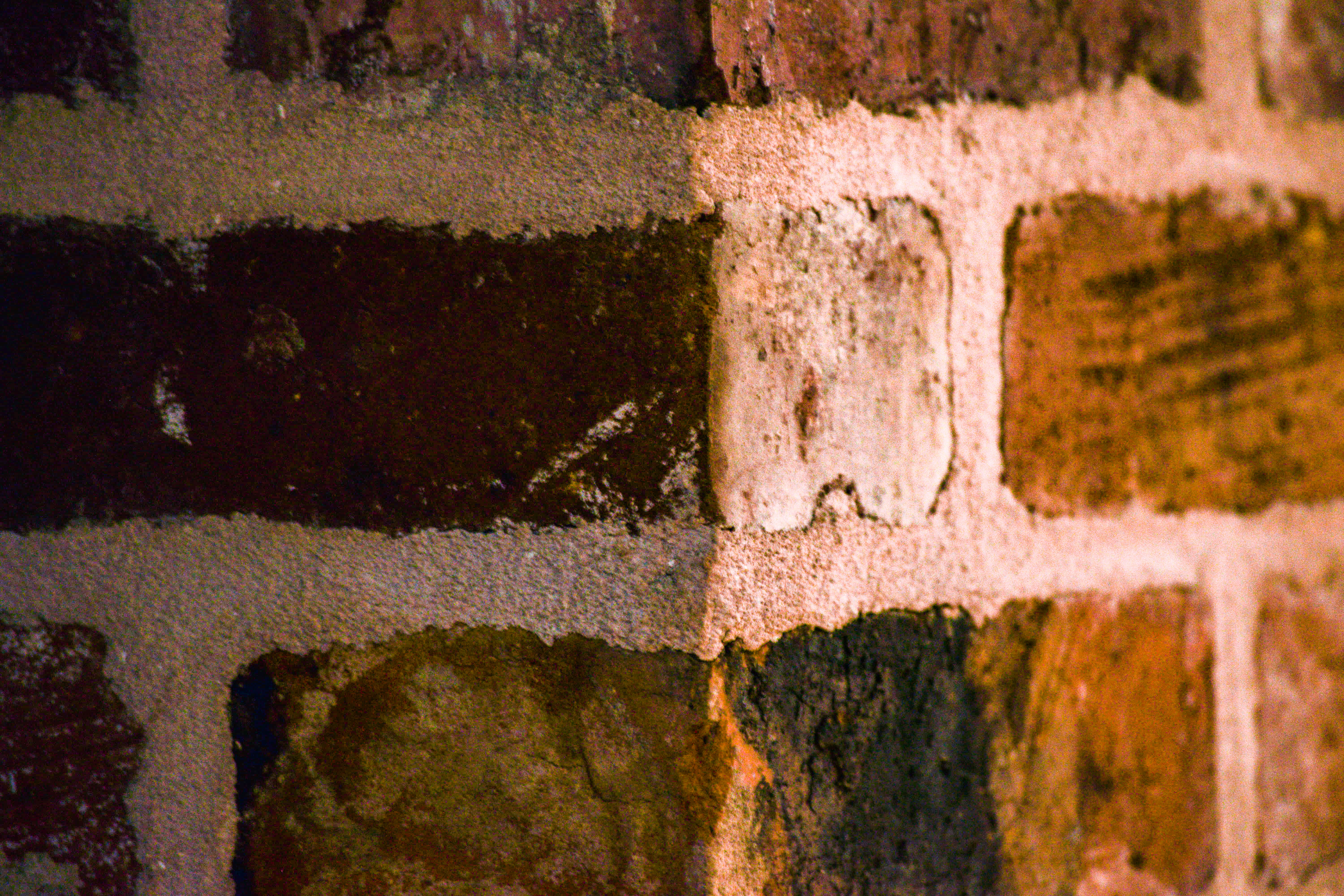
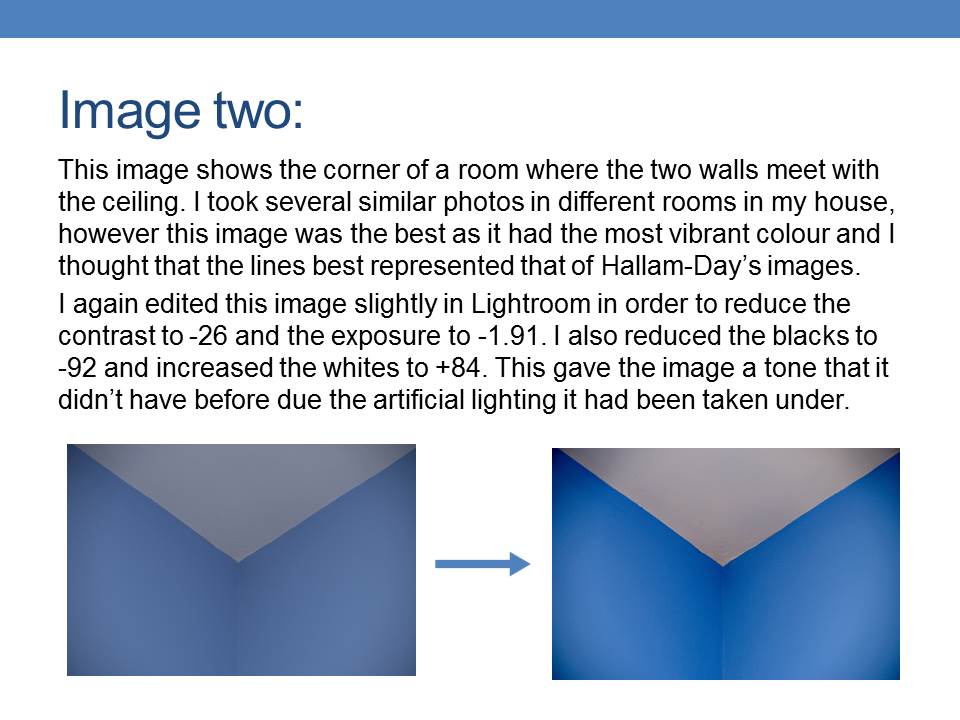

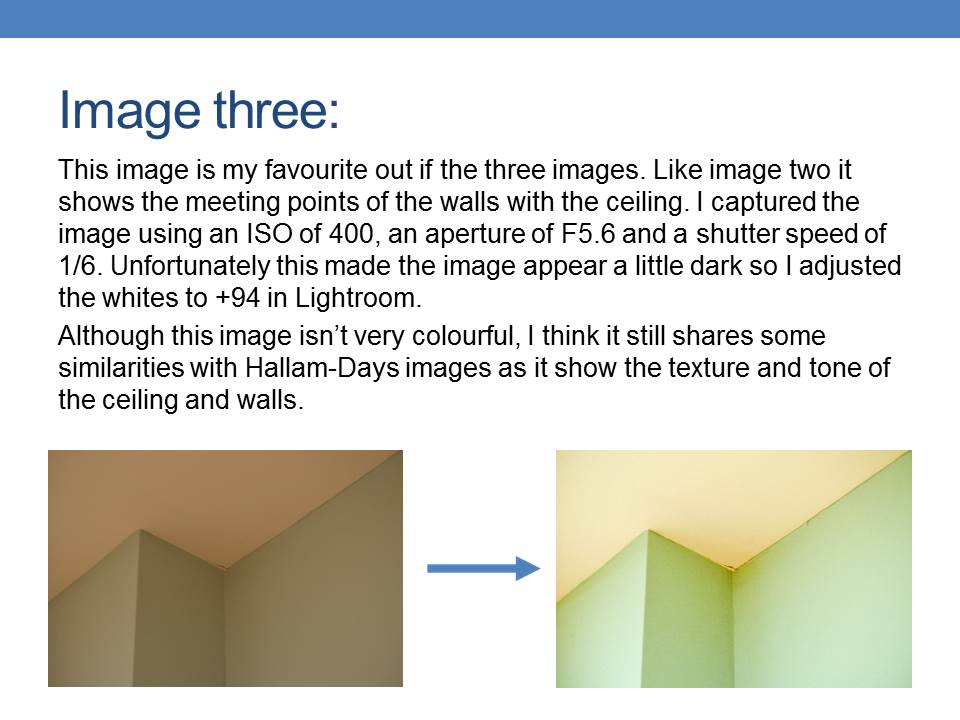
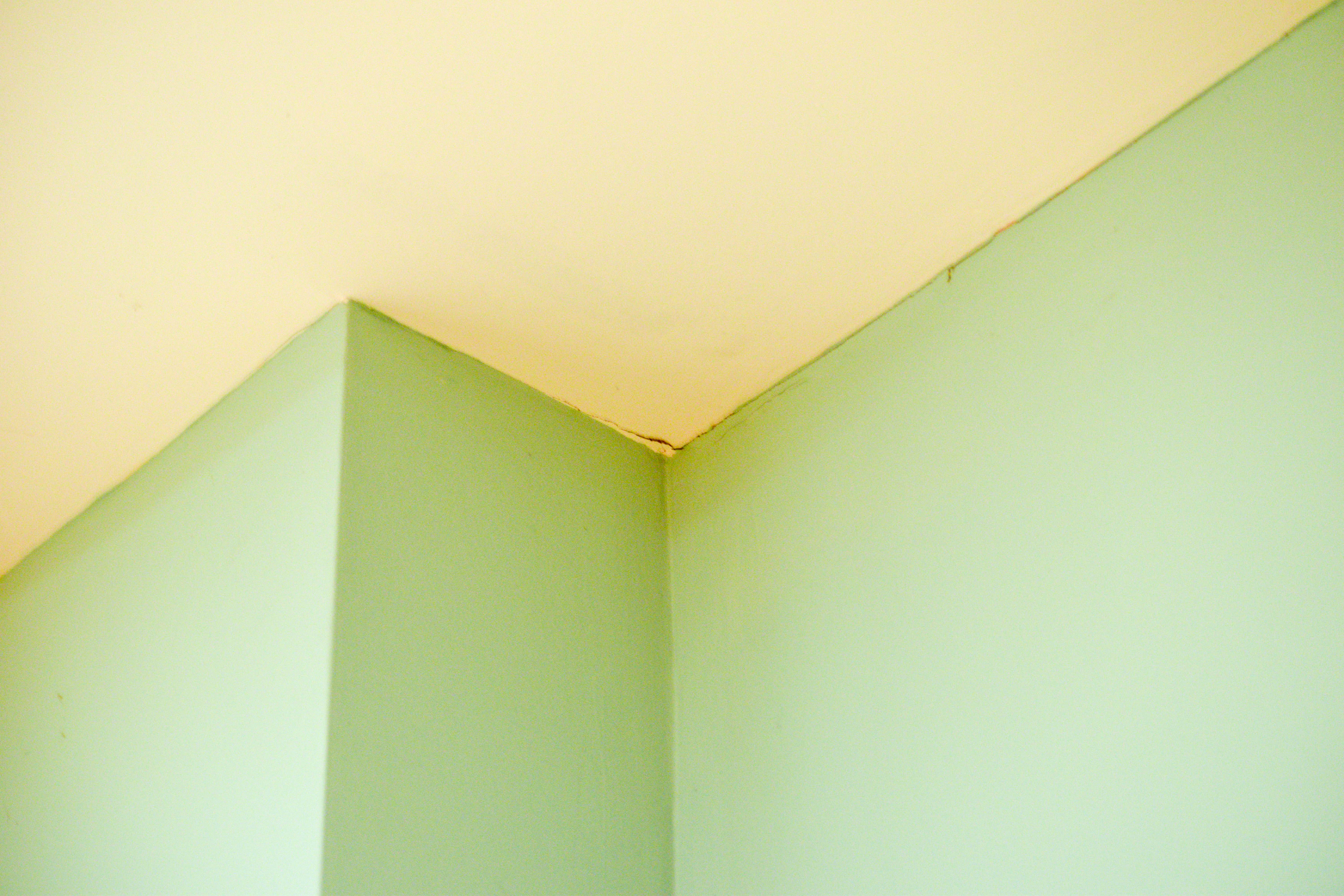
Monthly Archives: October 2018
Filters
Final Images – Abstract Project
After compiling all of the images I took for the abstract project together, I nailed down my selection to 5 images., the following images are these choices: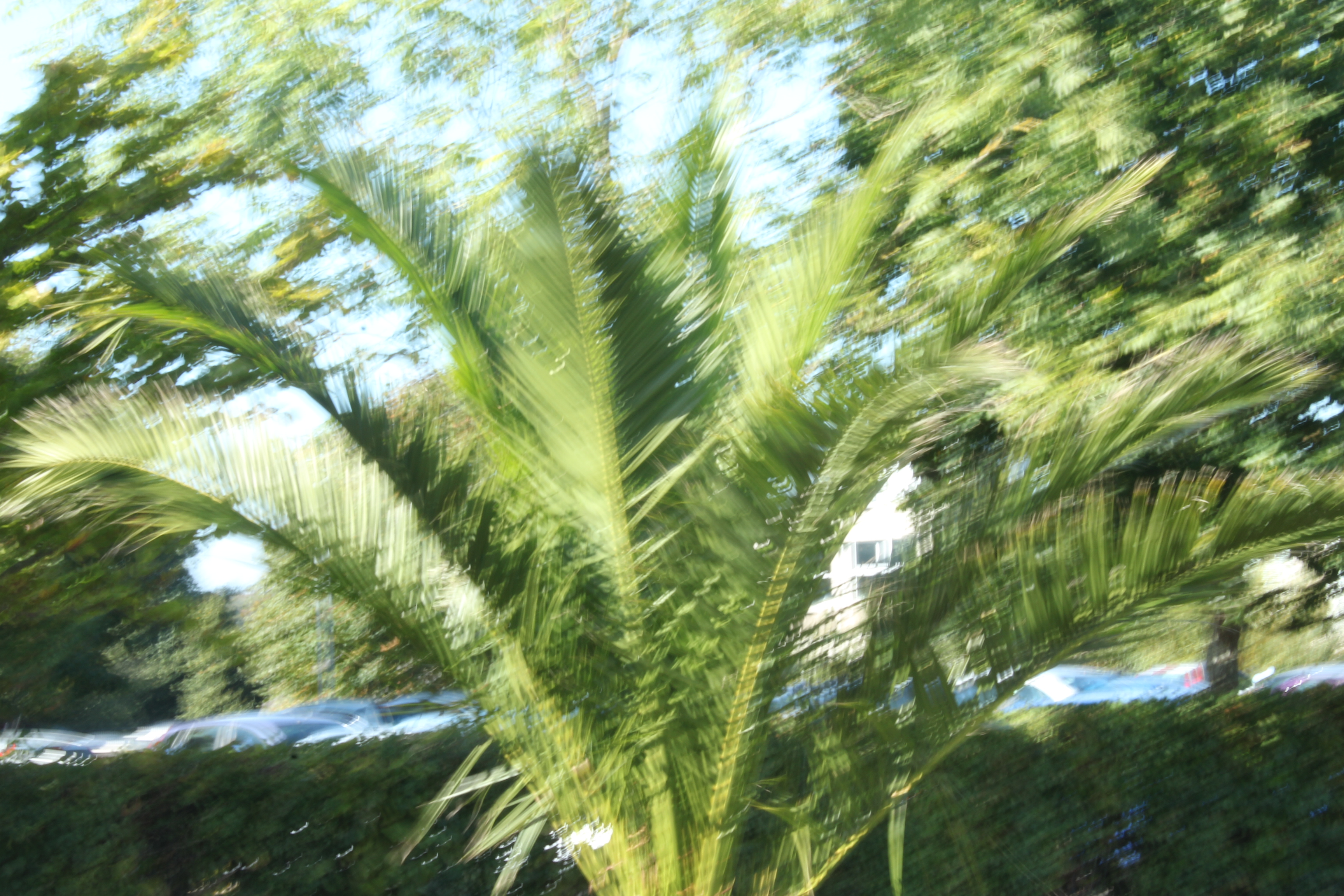
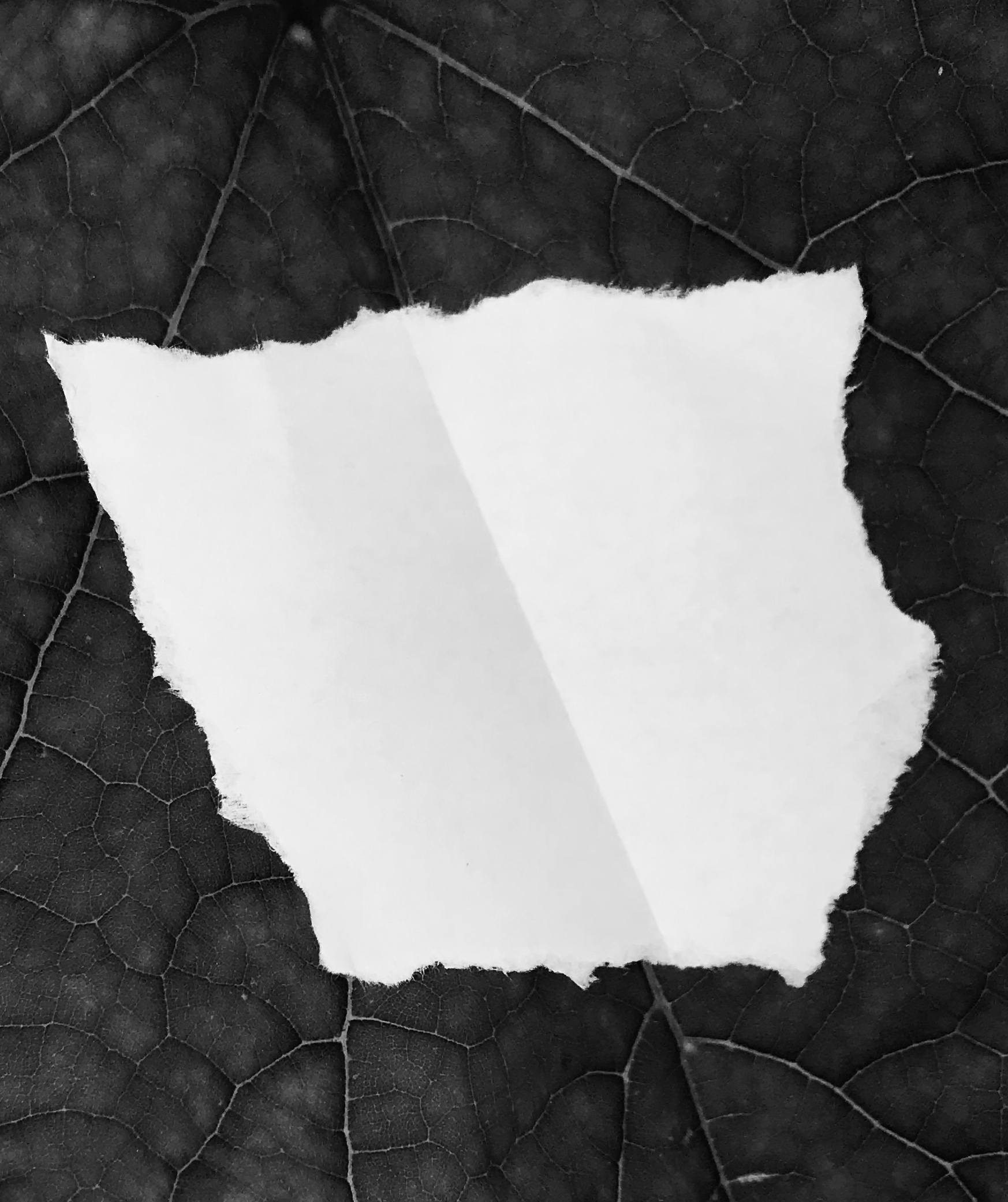


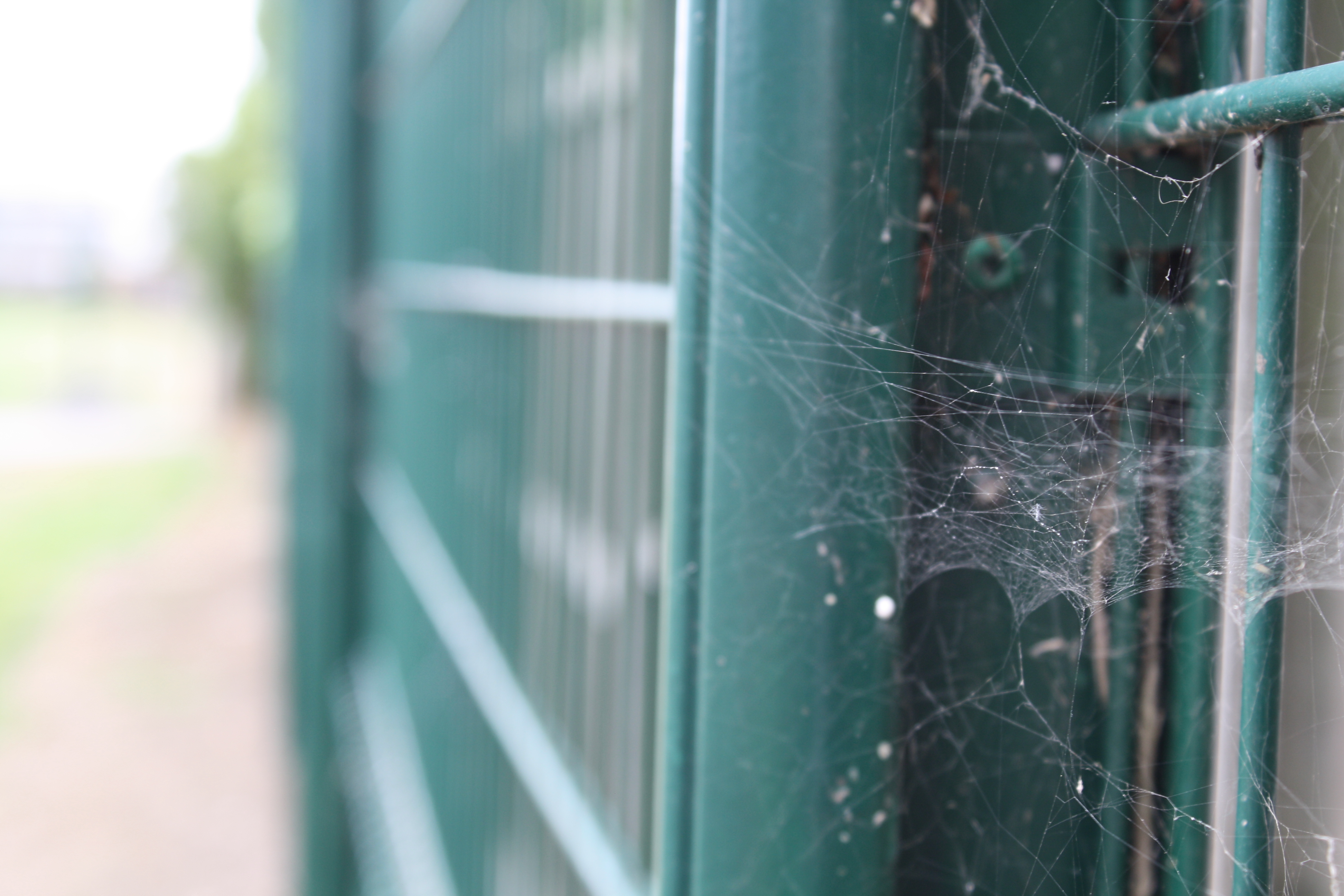
These images were the bare, unedited images that I took only using camera settings (except the second image across was edited black and white and was taken using a mobile phone), I then used Photoshop to refine the images and make them more eye catching. During the editing process, I decided on my final 3 images according to what best fit the project, and depending on what influence I took from artists in order to develop them. The following 3 images are the edited final 3:
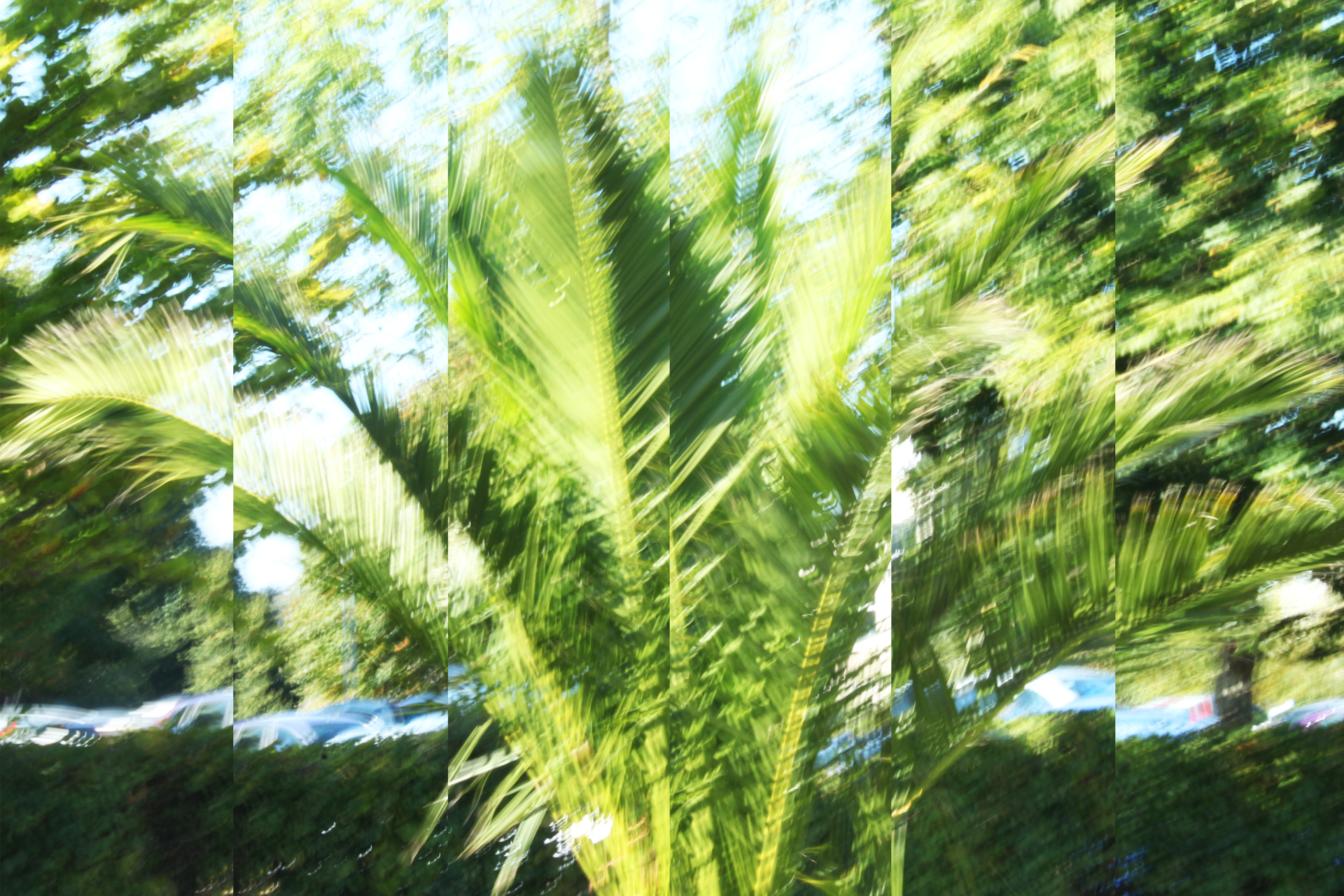
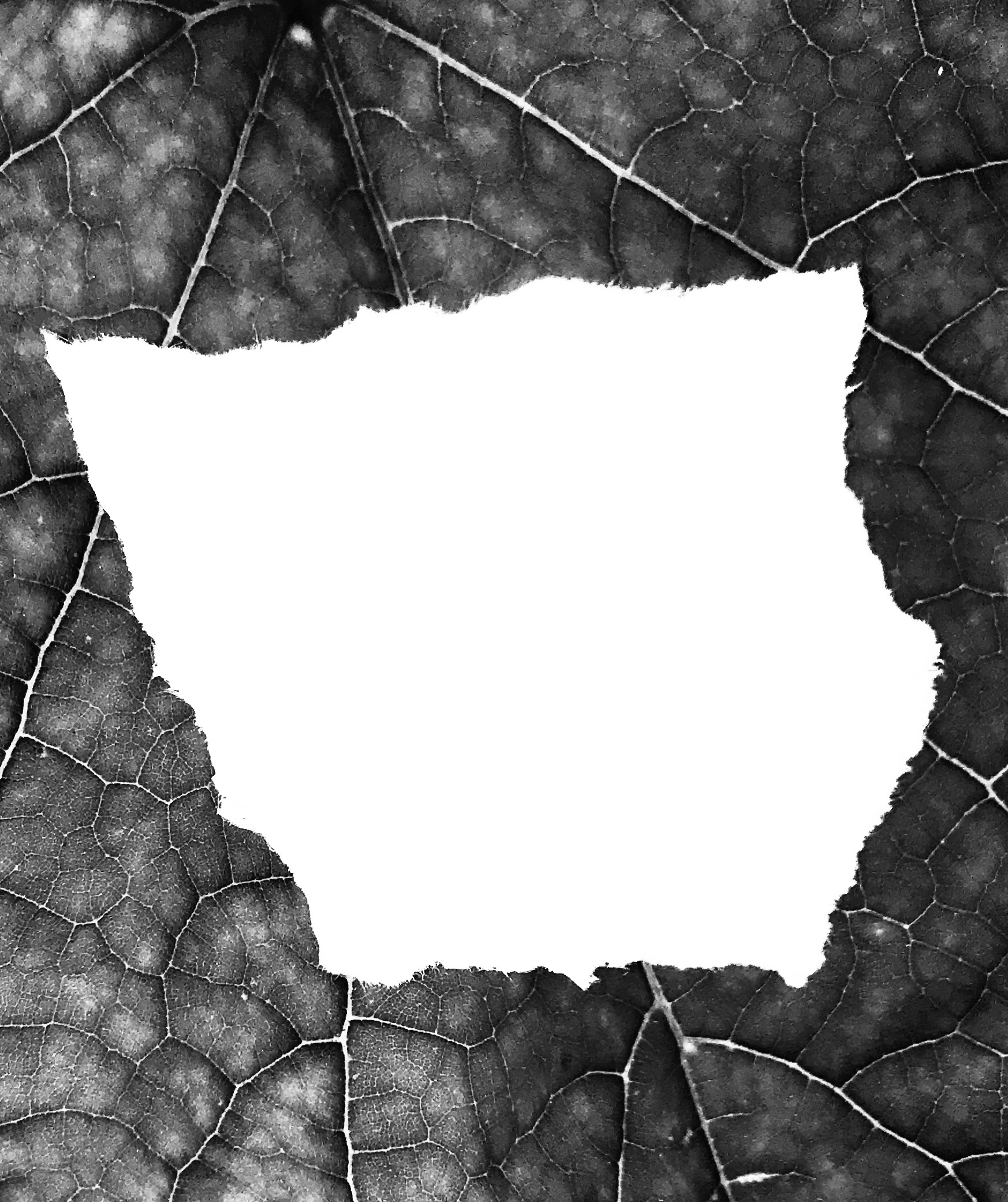
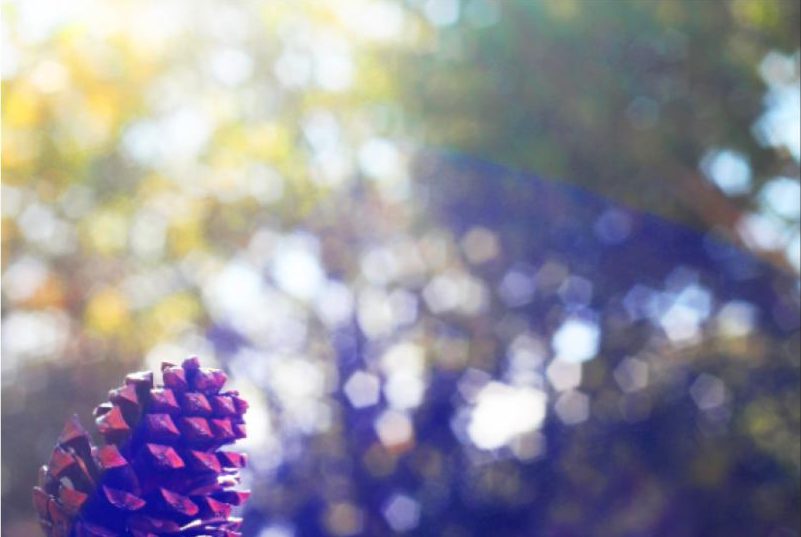
For the below image, I made use of a slow shutter-speed, and captured a tree that was moving with the wind. I found that using a slow shutter-speed distorted the subject, and made the photograph more abstract. After taking the image, I used Photoshop to edit the image. In order to make the image even more abstract, I split the image into 6 parts and expanded and adjusted each image, so that the 6 separate parts of the image added together to make the full image. This gave the image an even more distorted feel, and added to the abstraction of the overall image. I then slightly adjusted the saturation to make the image brighter and stand out more. In terms of inspiration, I took influence from the artists Uta Barth and Albert Renger-Patzsch. Most specifically, I took advantage of the high ISO that Barth uses to create very bright, vibrant images that reply heavily on lighter colours to bring her work to life. I raised the ISO setting of my camera to take this image, and in doing so, the image was naturally brighter than it would have been otherwise. I think that taking inspiration from Barth allowed for my image to come across as more abstract, as brightness slightly blurred the boarders of the subjects, making them more difficult to differentiate from the background. In addition, I took inspiration from Renger-Patzsch by using a natural subject, and taking my image in a slightly more scientific and objective way. Renger-Patzsch often made use of plant life in his work, and I took my photograph in the same style as Albert, looking straight on as if the camera was an eye> the abstraction came as a result of the ISO settings and the shutter-speed, but the initial image itself was taken with inspiration from Renger-Patzsch. This image will be my A3 image, as I believe that the image provides a lot for the viewer to see, and the splitting of the image into 6 sections will be more prominent if the image is printed as large as possible.

For my second image, I took made use of the manual zoom and focus of my camera, and captured a detailed image of a piece of ripped paper on a leaf. This image was originally taken for my Paper Project, and takes a small amount of inspiration from the photographer Aaron Siskind. Siskind often took close up images of subjects, and presented them in a more factual, objective and flat way. For this image, I am making use of a lack of context in order to present the image as being more abstract, and the high zoom used to take this image helps to cut out the context. I also edited the image in Photoshop to make it grey-scale, as this takes inspiration from Siskinds dark tones work, but also helps to emphasize the details within the leaf. I also believe that the contrasting colours of the leaf and the paper help to make the image more eye-catching as a whole. I will be using this image as my A5 image, as I feel that this will help to emphasize that although the image is detailed, the original subjects are naturally small, and I believe that this will create an effective juxtaposition, between the subject and the detail in the image.

For my final image, I made use of the manual focus of the camera. for this photograph, I focused on the subject (the pine cone) while using a narrow depth of field to throw the background out of focus. I feel that this is an effective technique, as it allows for the viewer to focus on the subject completely, while questioning the context of the image due to most of the photograph being out of focus. I used Photoshop to edit the saturation of this image, and raised the contrast in order to make the colours of the image more vibrant, thus the image can draw more attention. I will be using this image as my A4 image, as I feel that the image will be more effective if it is large enough to make out the main focus point (which is small compared to the rest of the image), yet the image may become too boring and uninteresting if it is printed an larger. For this image, I took inspiration from Uta Barth again, as for some of her work she focuses on a small subject, and uses a narrow depth of field in order to throw the background almost completely out of focus. I was influenced by this technique, as I found it to be effective and eye-catching.

Final Print Images
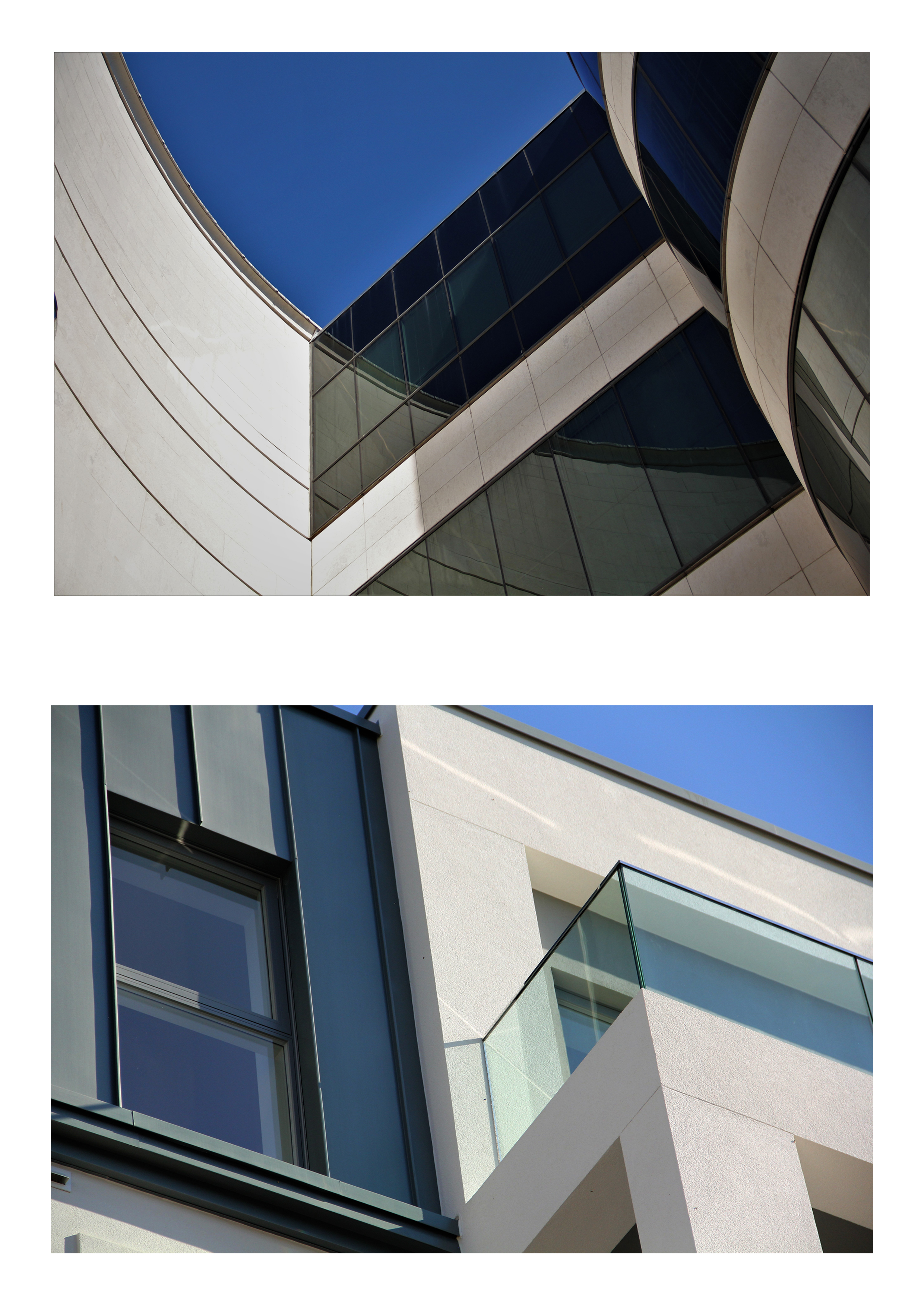
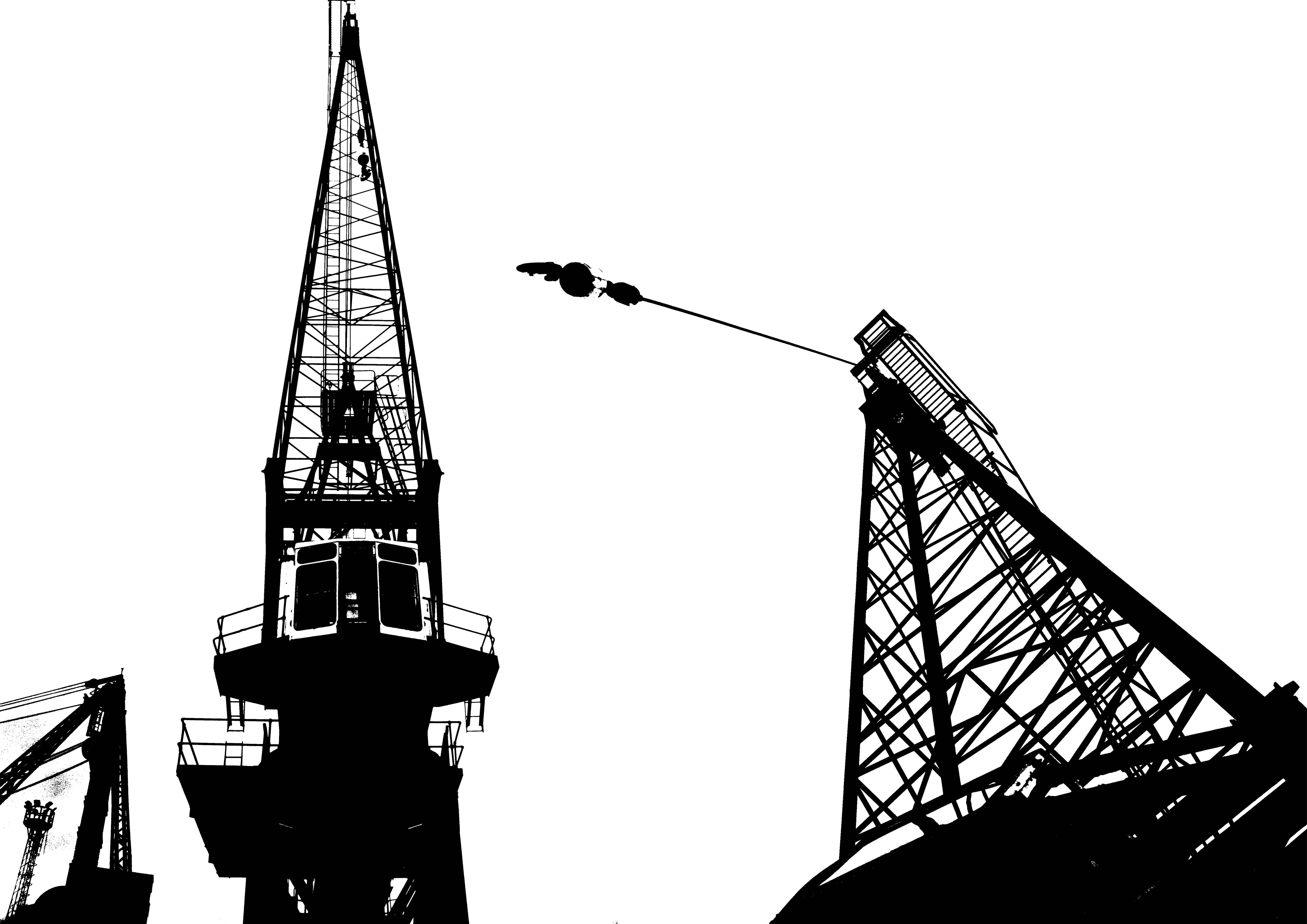
Abstract – Initial Final Piece Ideas
A3 Print Ideas
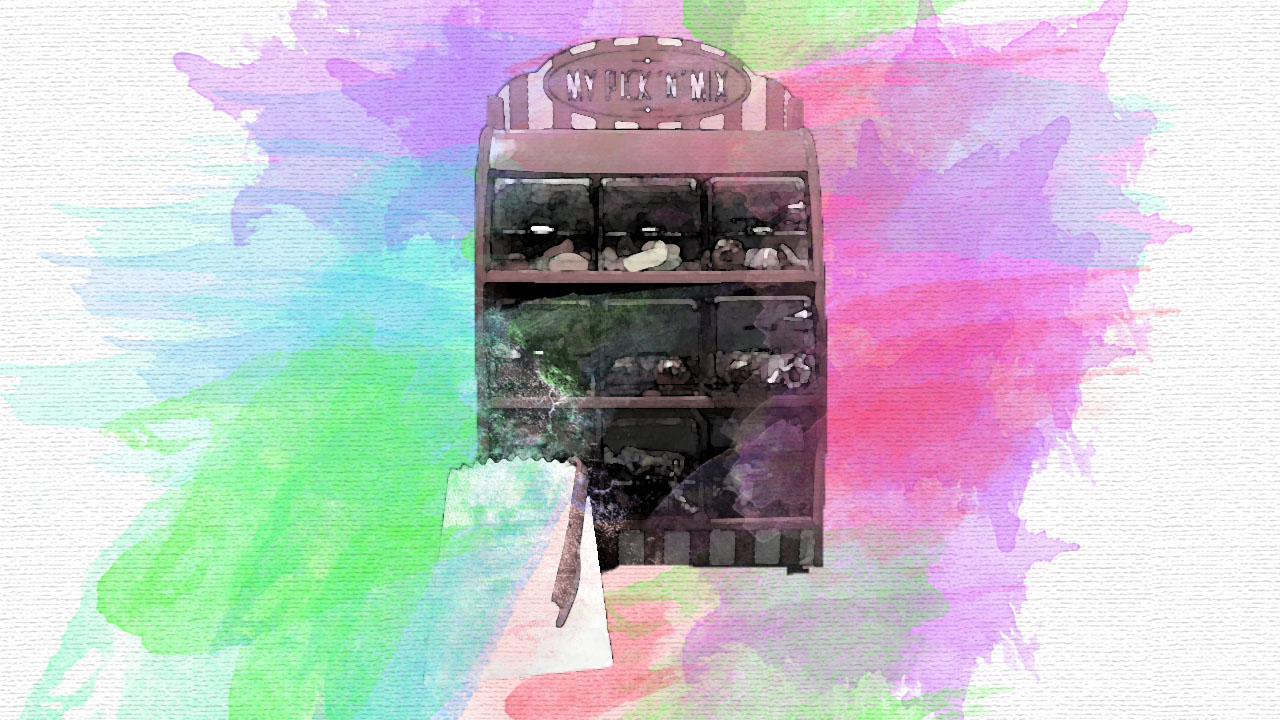
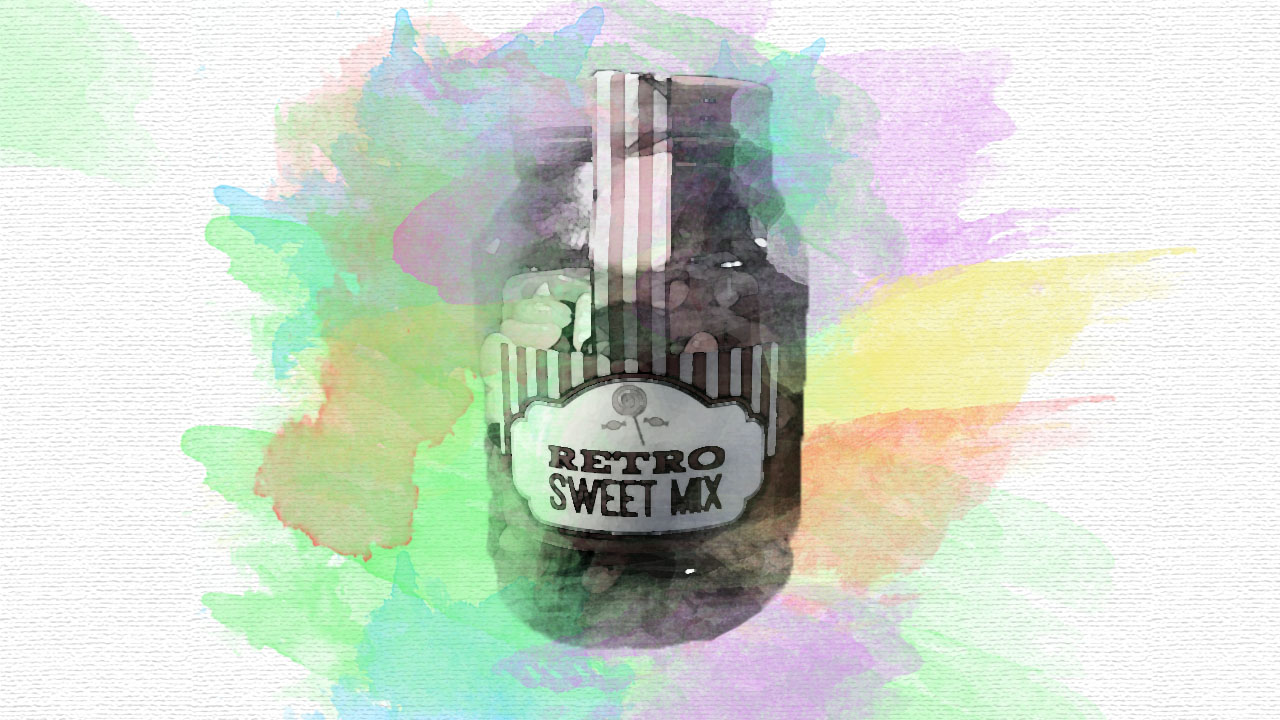
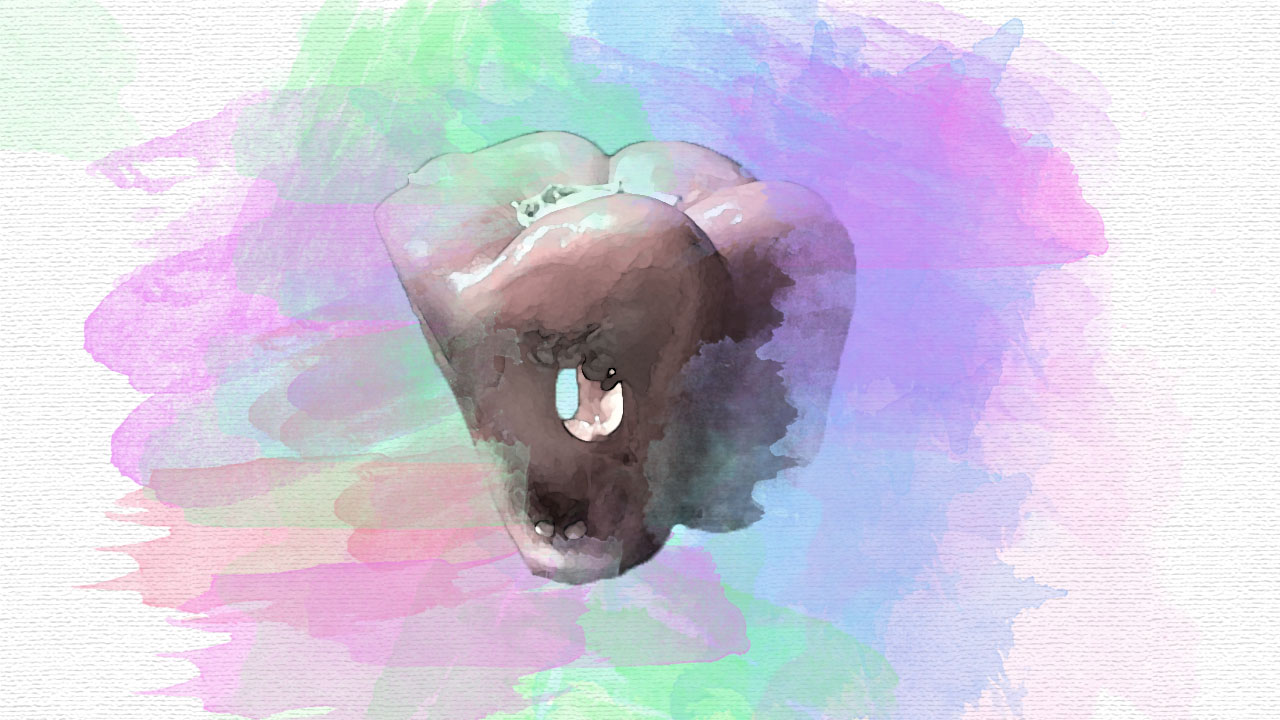
This was my initial idea for an A3 print. I would display these three horizontal images one underneath another, allowing the three basic subjects to be shown with pastel colors bursting out of them. Although I like the way this print would look I feel that it will not clearly show the theme of abstract photography, moreover it does not really show my camera skills and what I am capable of. Therefore, I am not going to follow through with this final outcome.

For my next final outcome idea, for A3 print, I wanted to still display three photographs that can clearly show my camera skills and show the theme of abstract photography. I choose photographs which have been similarly edited, but still juxtaposed one another. I really like the space between each image, making the images ‘breath’. I think with this piece I may put it in a frame, allowing the three images to stand out. I feel like this is the A3 final print that I will be putting forward.
A4 Print Ideas
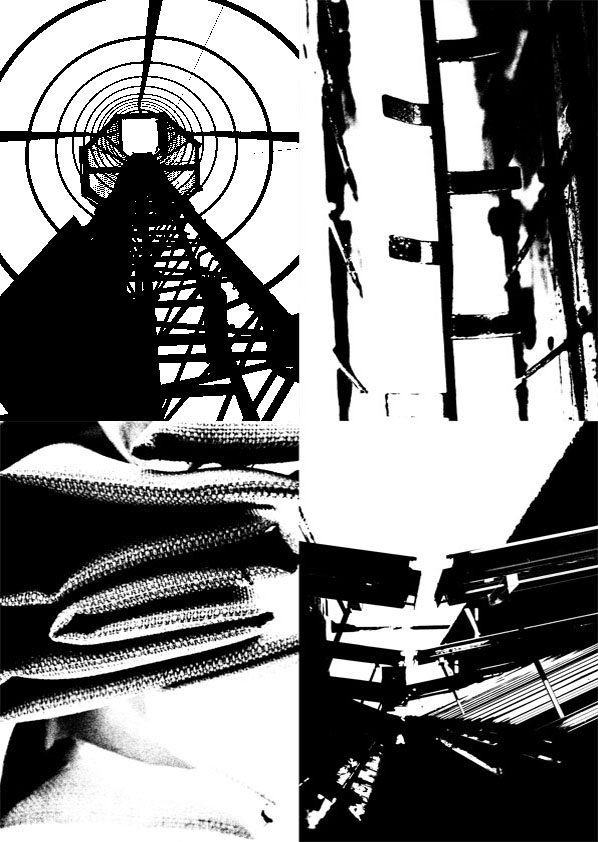
This A4 print is showcasing four images which are all in the style of Keld Helmer-Peterson, who I previously conducted research about. I want to raise two of these images using foam board, adding an element of 3D. I feel that I will raise the top two images, which will allow them to stand out more, showcasing my best bit of work.
A5 Print Ideas
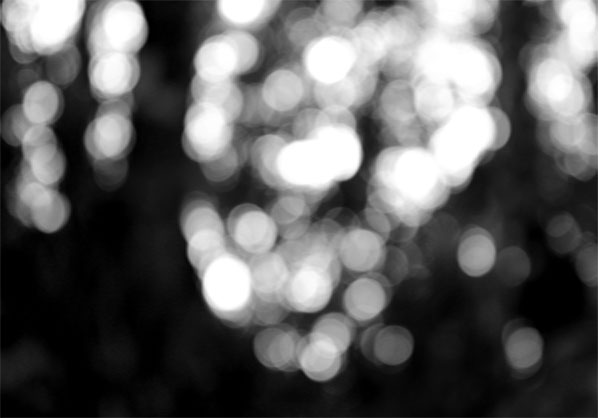
My first idea for an A5 print is to showcase this out of focused image. This image was taken from a previous photo shoot and research I had conducted. It looked at a photographer who purposefully made his images out of focus. I believe that this is the top image from the photo shoot as I like the contrast in tones and how the light is trying to seep in. I think that this photograph will be strong enough to be a print by itself and is most suitable for an A5 print.
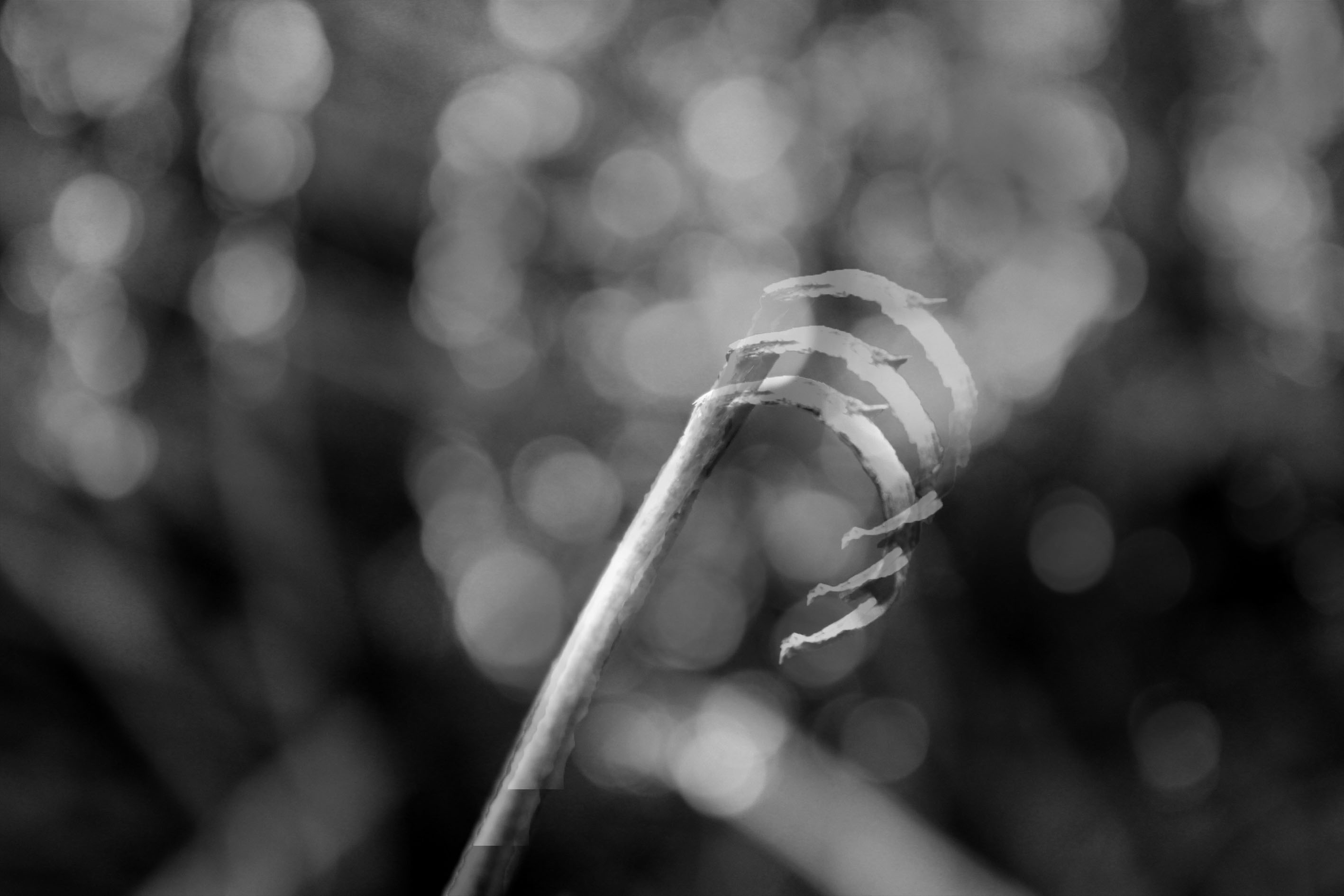
My next idea for the A5 print is to showcase the same image but in a double exposure. I took another image from my Zen Twigs photo shoot and placed it on top creating this double exposure. As much as I like the outcome I do not believe the photograph is as strong as the original image on its own.
Final Outcomes
I have taken into consideration all the pros and cons of each print and what I think would suit the topic best. These three prints clearly show the camera skills which I have developed, my Photoshop ability and the overall theme of abstract photography.



Week 5 Homework: Colour and Texture
Franco Fontana
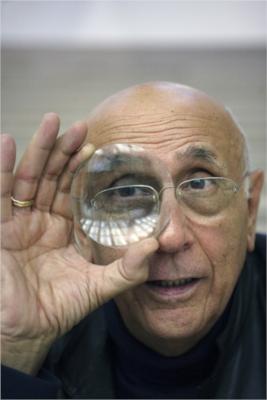
Franco Fontana is an Italian photographer born in Modena, on December, 9th, 1933. He is best known for his abstract colour landscapes. Fontana’s photos have been used as album cover art for records produced by the ECM jazz label. He is known as the inventor of the photographic line referred to as concept of line. He has published over seventy books with Italian, French, German, Swiss, Spanish, American and Japanese publishers. His photographs have appeared worldwide in over 400 exhibitions, solo and collective.
Fontana’s work is more minimalist and simple. Fontana is above all interested in the interplay of colours and he had based his own vibrant and original language on that. The later critics had labeled it as ‘Photographic Trans-avantgarde’. He explored different subjects: urban landscape, portraiture, fashion, still-life and the nude. He worked with 35 mm cameras, mostly on location claiming that his studio was the ‘world’.
I really enjoy Fontana’s work as I like simple and minimalist photography as well. I will try and work with his style of photography and incorporate it into my project.
Nick Albertson
Nick Albertson (b. 1983, Boston, Massachusetts) received his MFA in Photography at Columbia College Chicago. He received his BA in Photography from Bard College in 2006. His work has been exhibited in Chicago, Portland, Seattle, San Francisco and New York as well as internationally at the Pingyao International Photo Festival.
Nick Albertson describes his process of work on his website: https://www.nickalbertson.com/home
Here is the process of each of his styles of photography:
“My process blends techniques similar to those of painting as well, sometimes altering and emphasizing elements of the image with the use of Photoshop. Though the image always starts with a camera, it is further abstracted to varying degrees in the computer. The act of creating the compositions in the physical world allows the images to feel familiar. The slight variations from object to object suggest the imperfection of the real world as well as that of the artist’s hand.” From https://www.nickalbertson.com/manufactured-gestures
“White Light was created by popping a flash as many times as I could during a single thirty-second exposure, slightly moving Post-it notes in between each flash on a black velvet background in a very dark room. The areas where the Post-its overlap build up luminescence as those areas are subjected to more light reflected back on to the camera’s sensor. ” From https://www.nickalbertson.com/white-light
“Tape Cuts are a series of images in which I cut pieces of colored duct tape and photographed them floating over a white background with hard lighting. They are meant to reference color field painting and hard edge abstraction, but the shadows emphasize the fact that they are photographs of objects in space, not pure abstraction.” From https://www.nickalbertson.com/tape-cuts
“Photo Sprays are a combination of computer-generated gradients printed on Epson Hot Press Bright paper overlaid by airbrush-applied Epson Ultrachrome K3 inks, the same inks used to print the initial inkjet print. While not a photograph, these works are photographic in makeup. The works, made with photographic materials but created with more painterly techniques, seek to complicate the relationship between photography and other media (painting, prints, works on paper).” From https://www.nickalbertson.com/photo-sprays
I really like the way Albertson takes his photos so I also want to incorporate his style into my project as well. I almost want to mix both Fontana’s style and Albertson’s together.
Photos of Fontana’s Work:




Photos of Albertson’s Work:
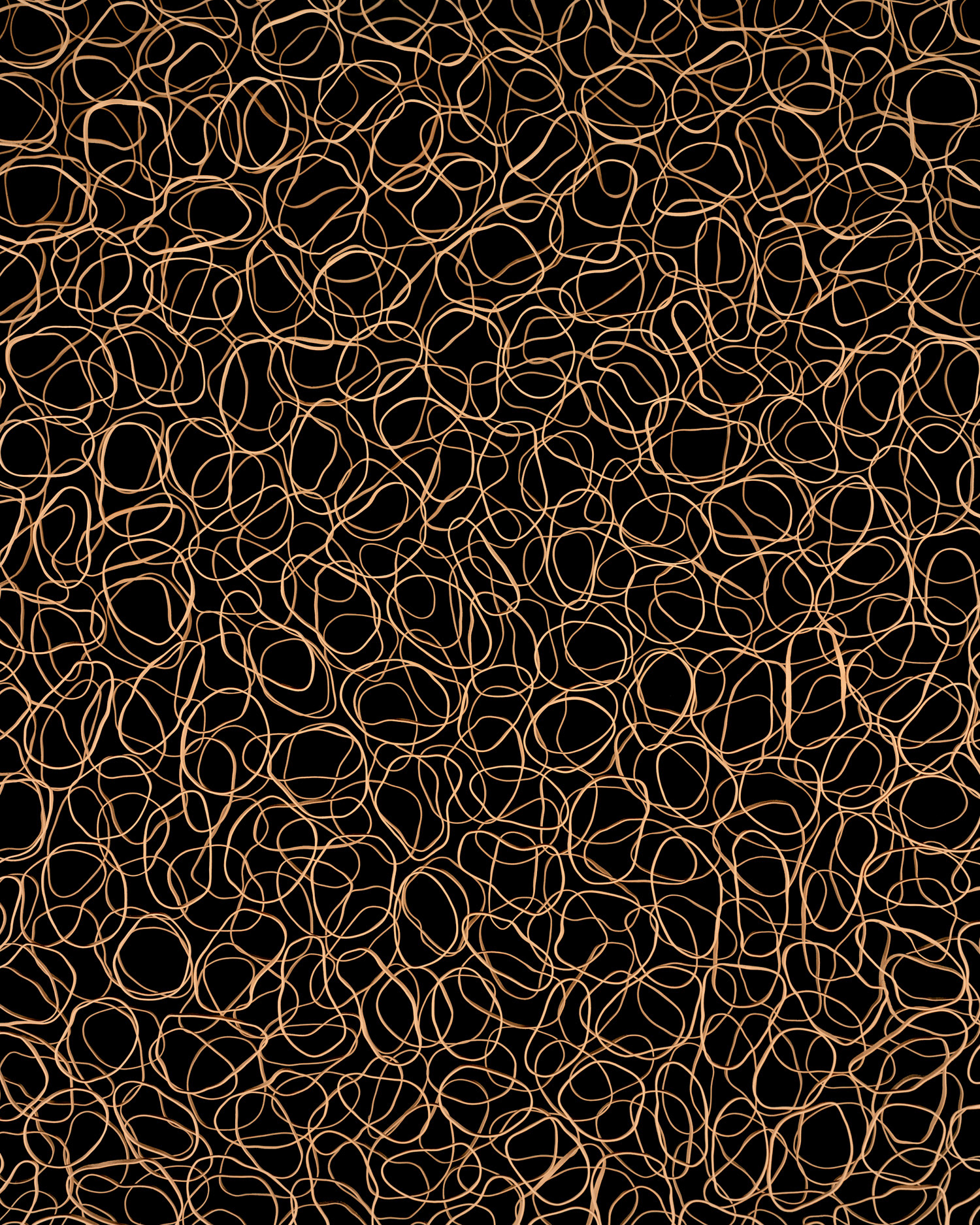

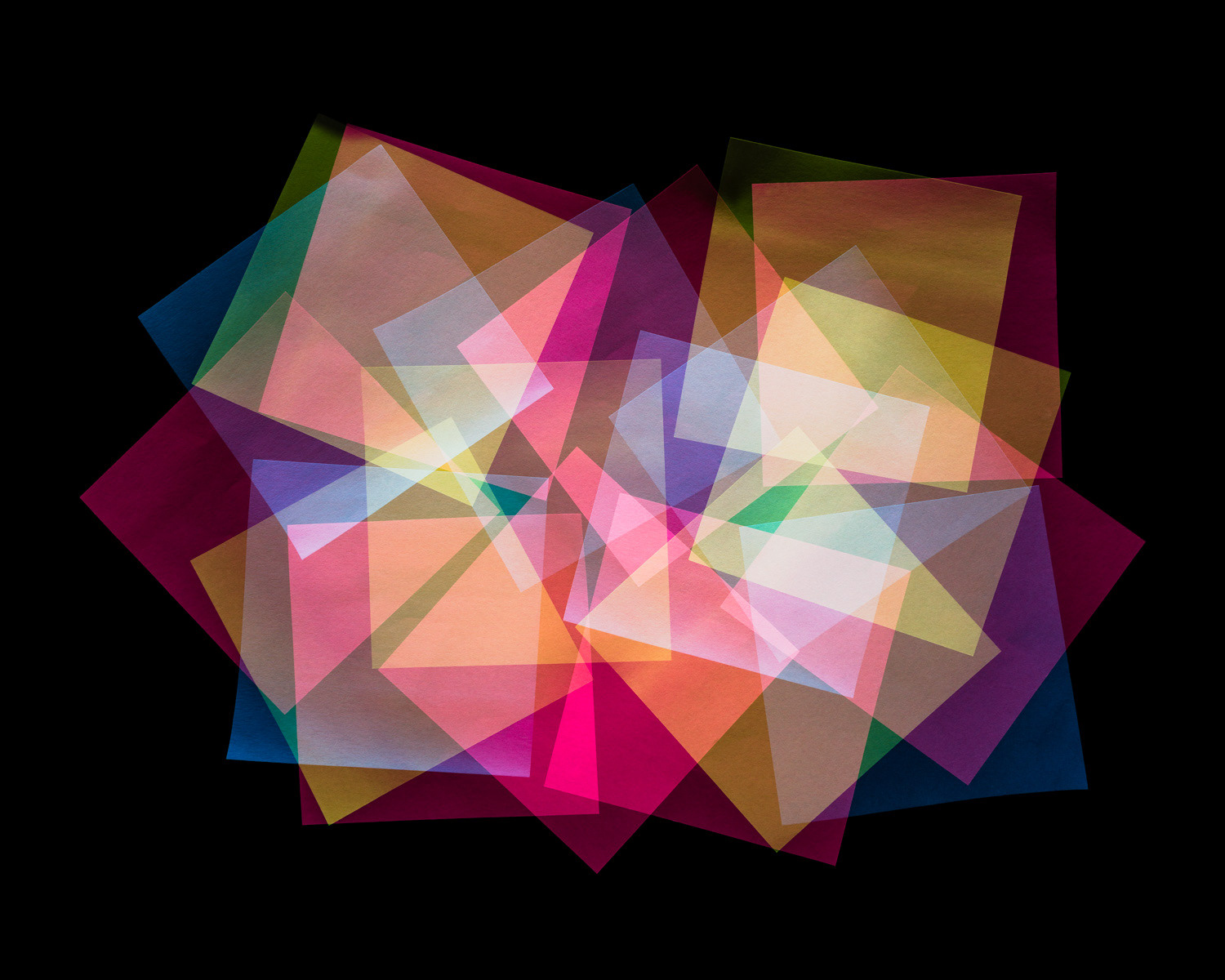
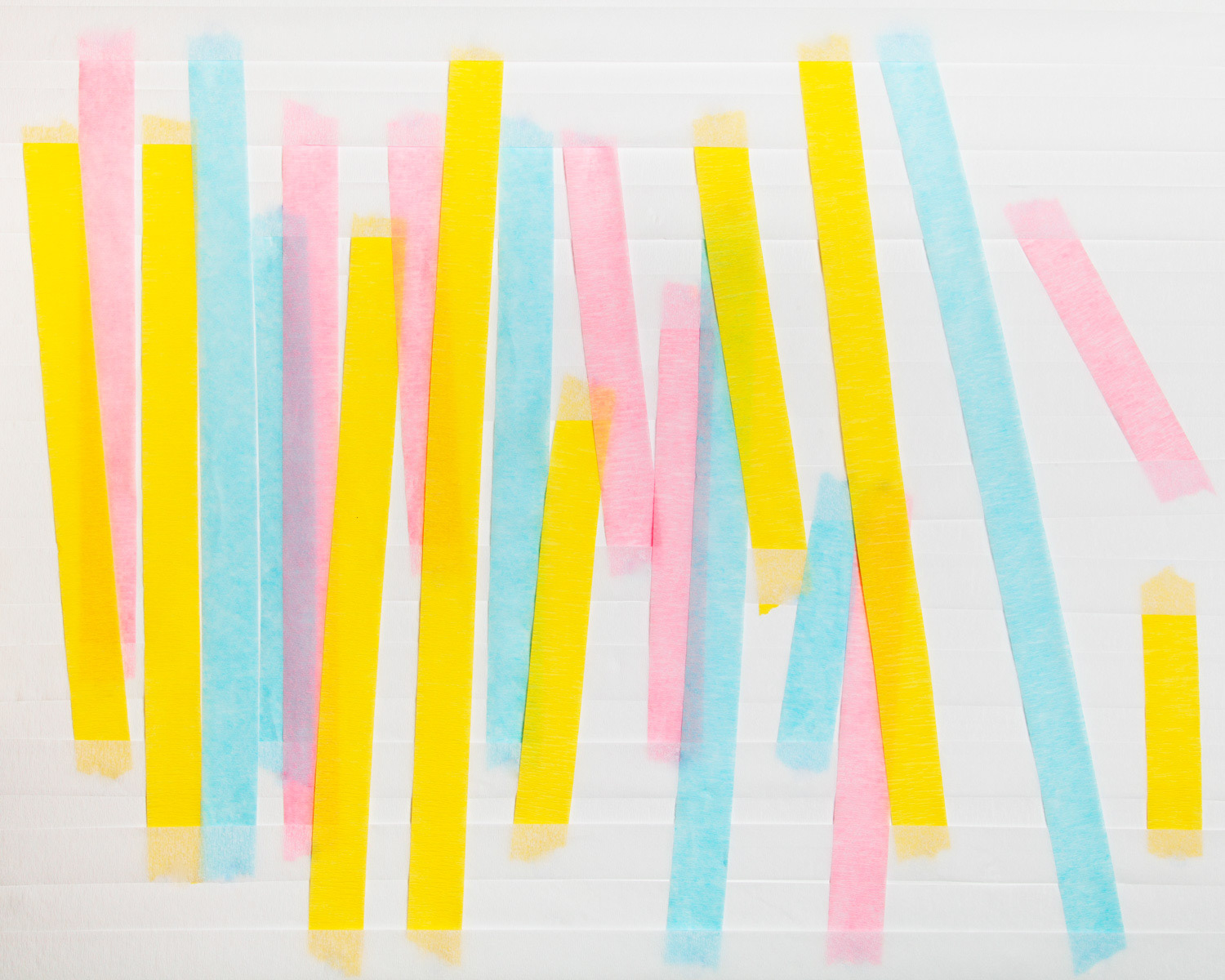

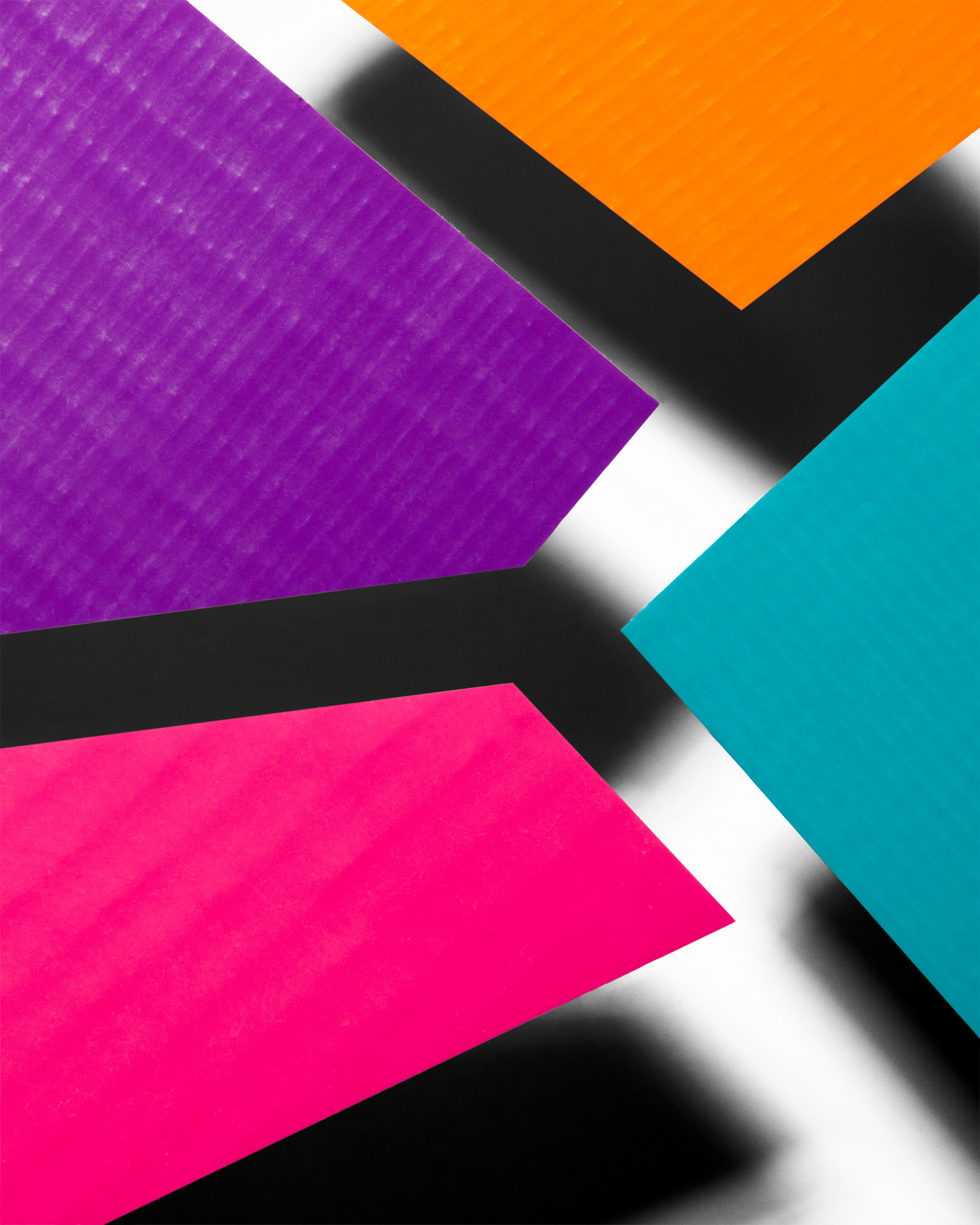
Plan:
For this photo shoot I plan to take photos of buildings, landscapes and materials such as: paper,tape and memo pads. I also plan to edit them on Photoshop in different styles like this:
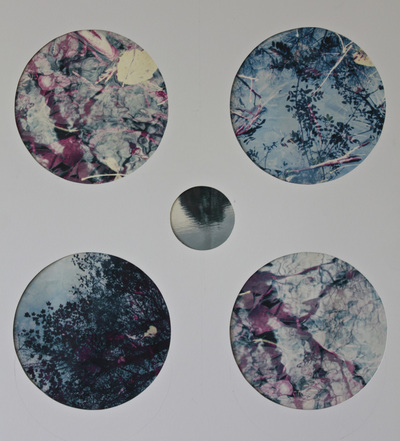

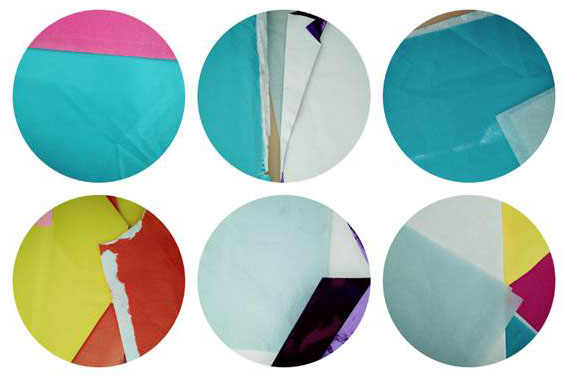
Contact Sheets
Red – No
Green – Yes
Orange – Maybe
Yellow – Edit
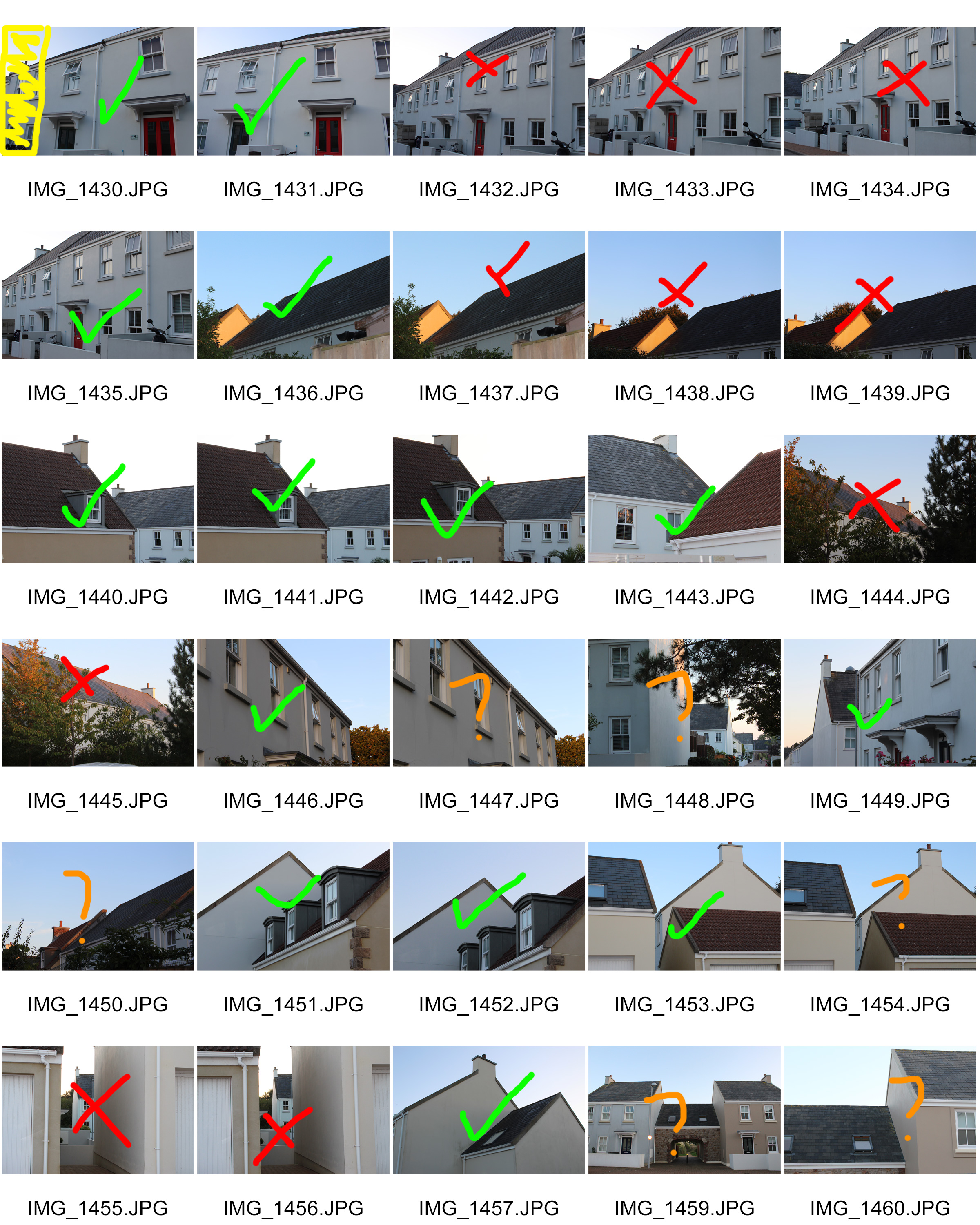
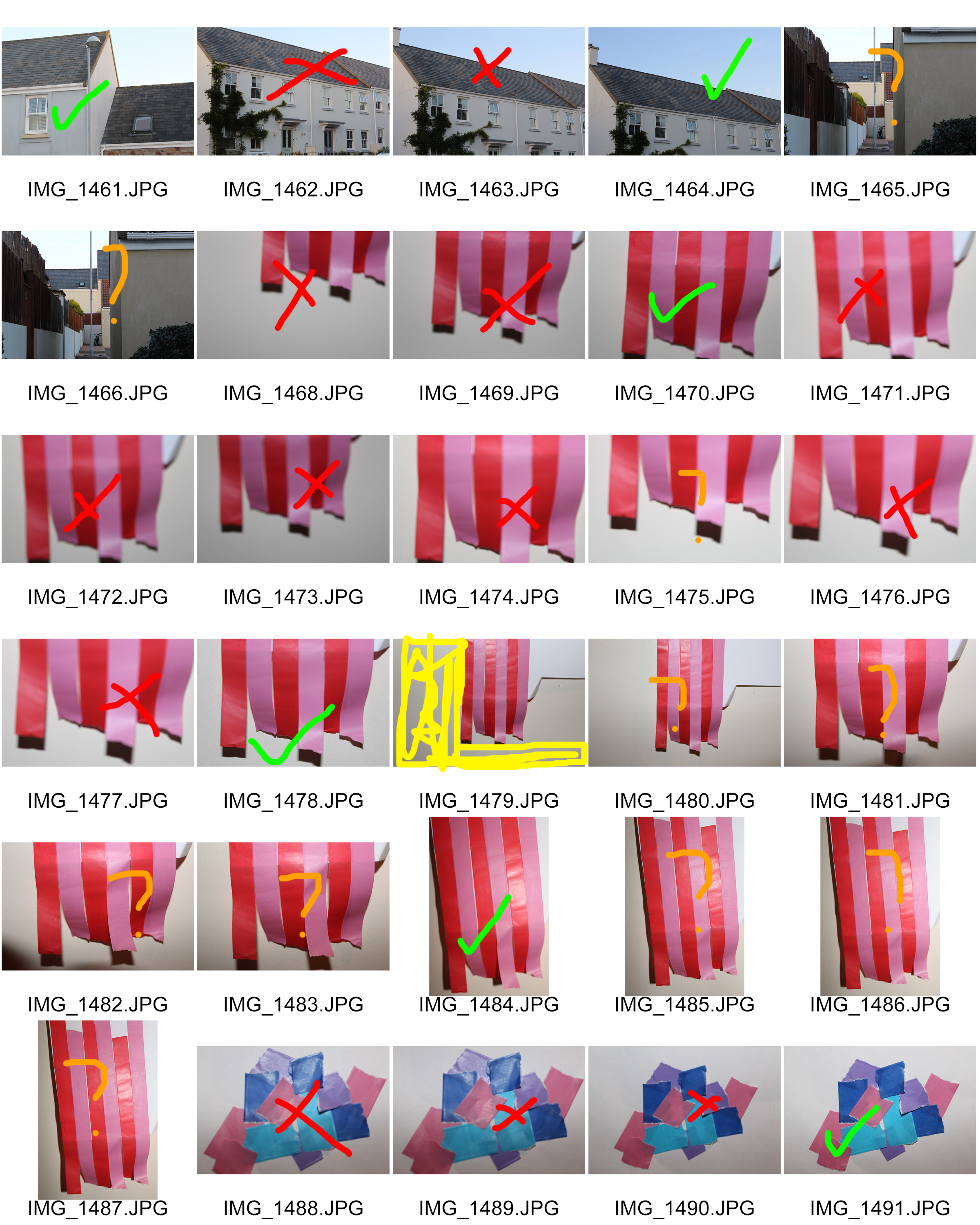

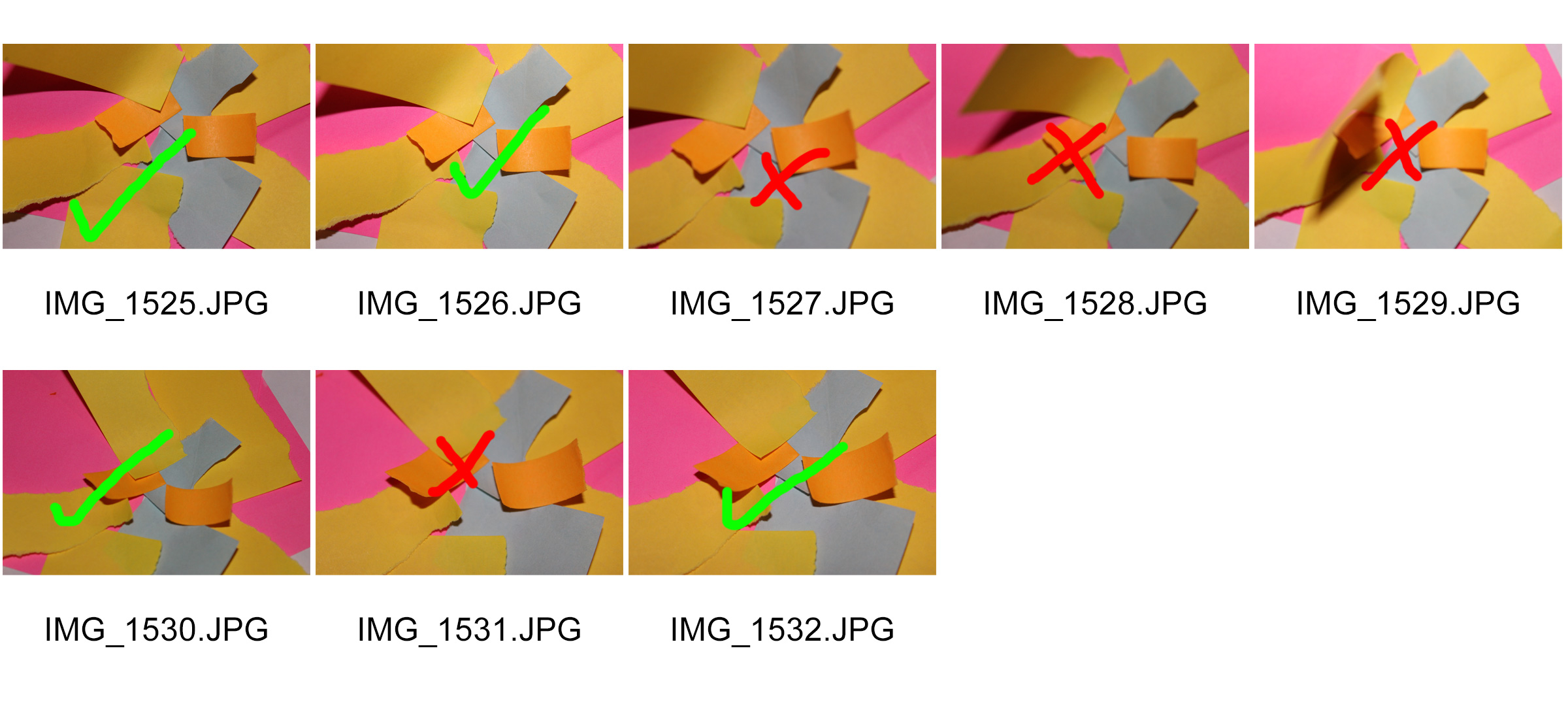
My Best Photos (Unedited)





My Photos (Edited)
I edited all these photos on Photoshop
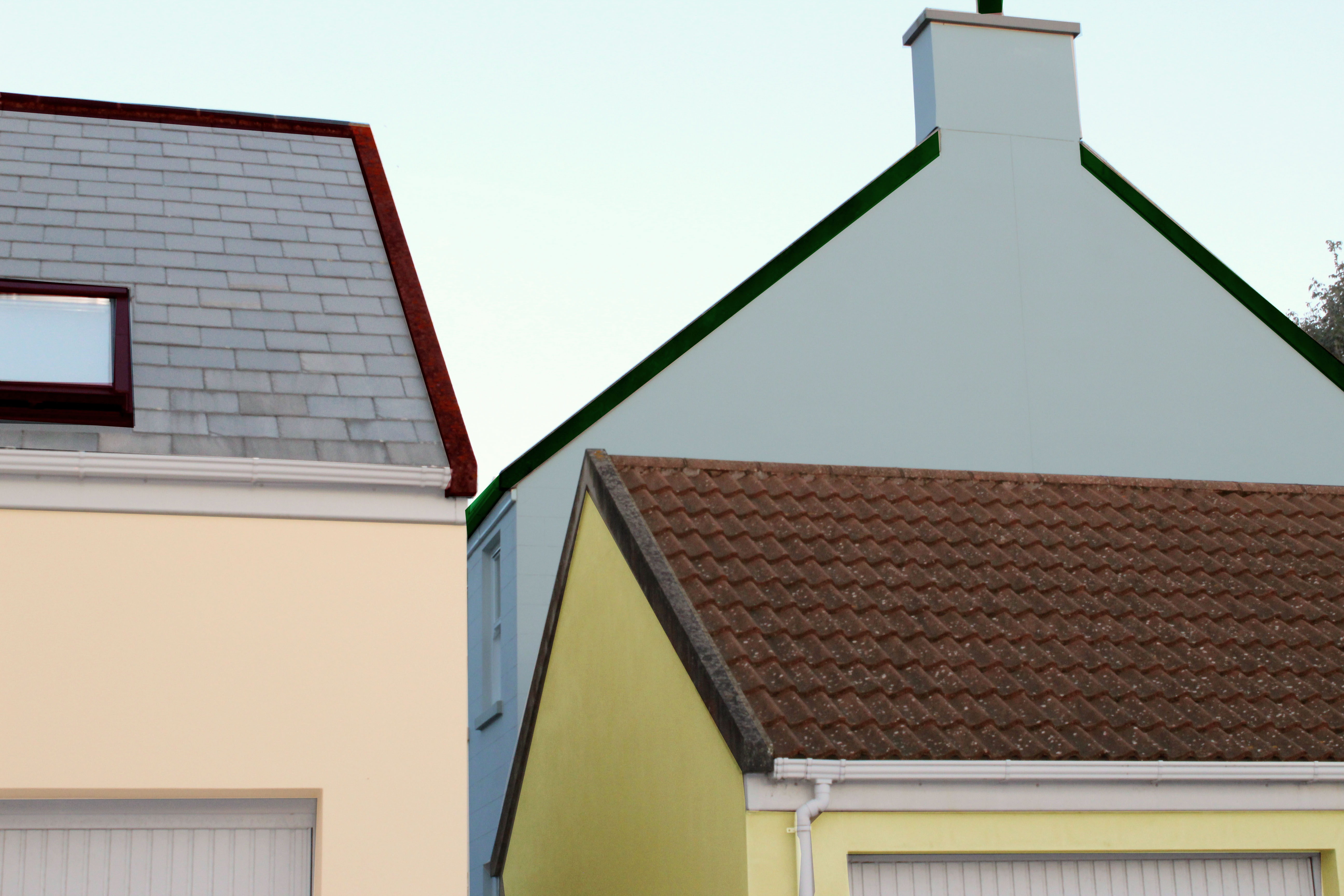
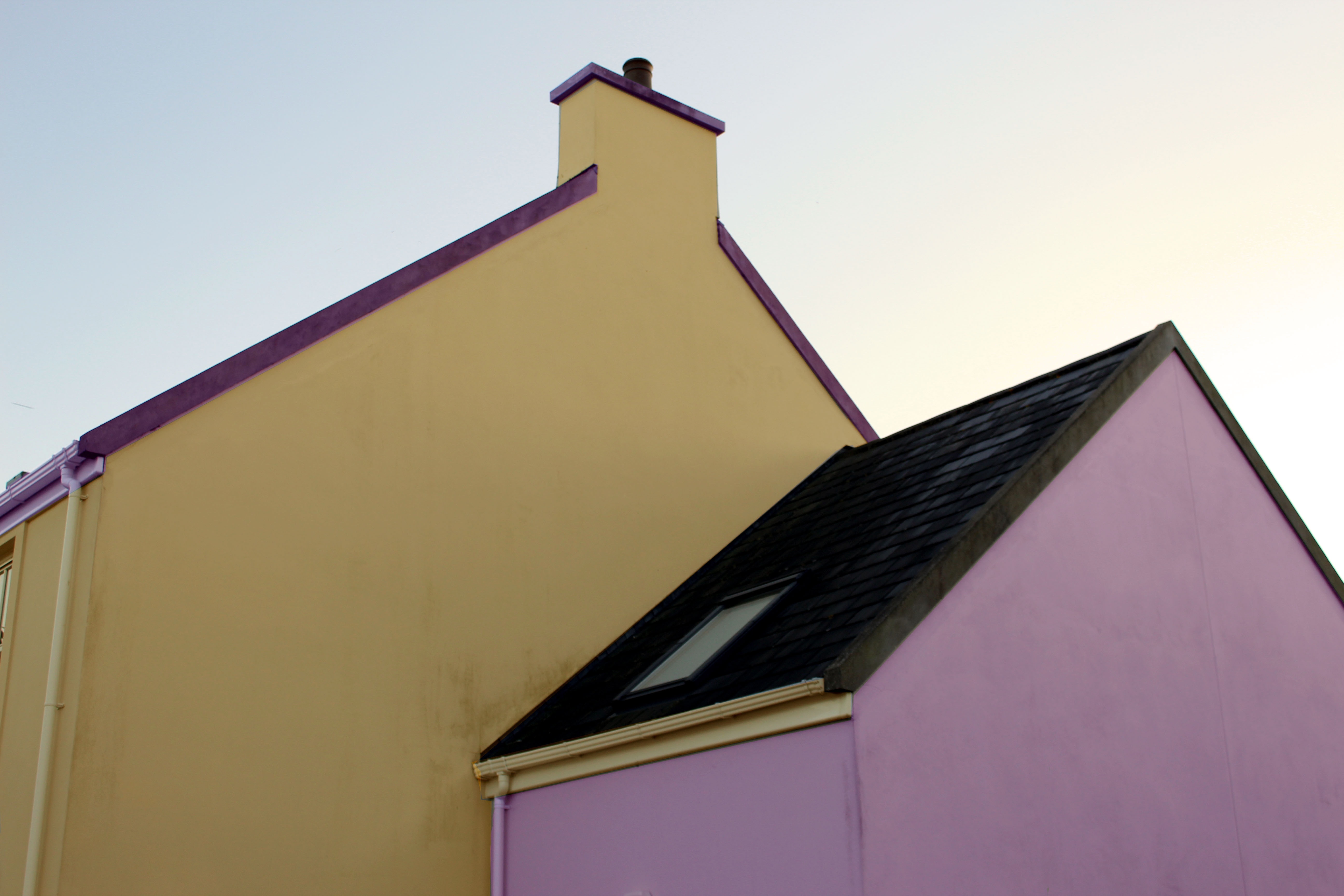
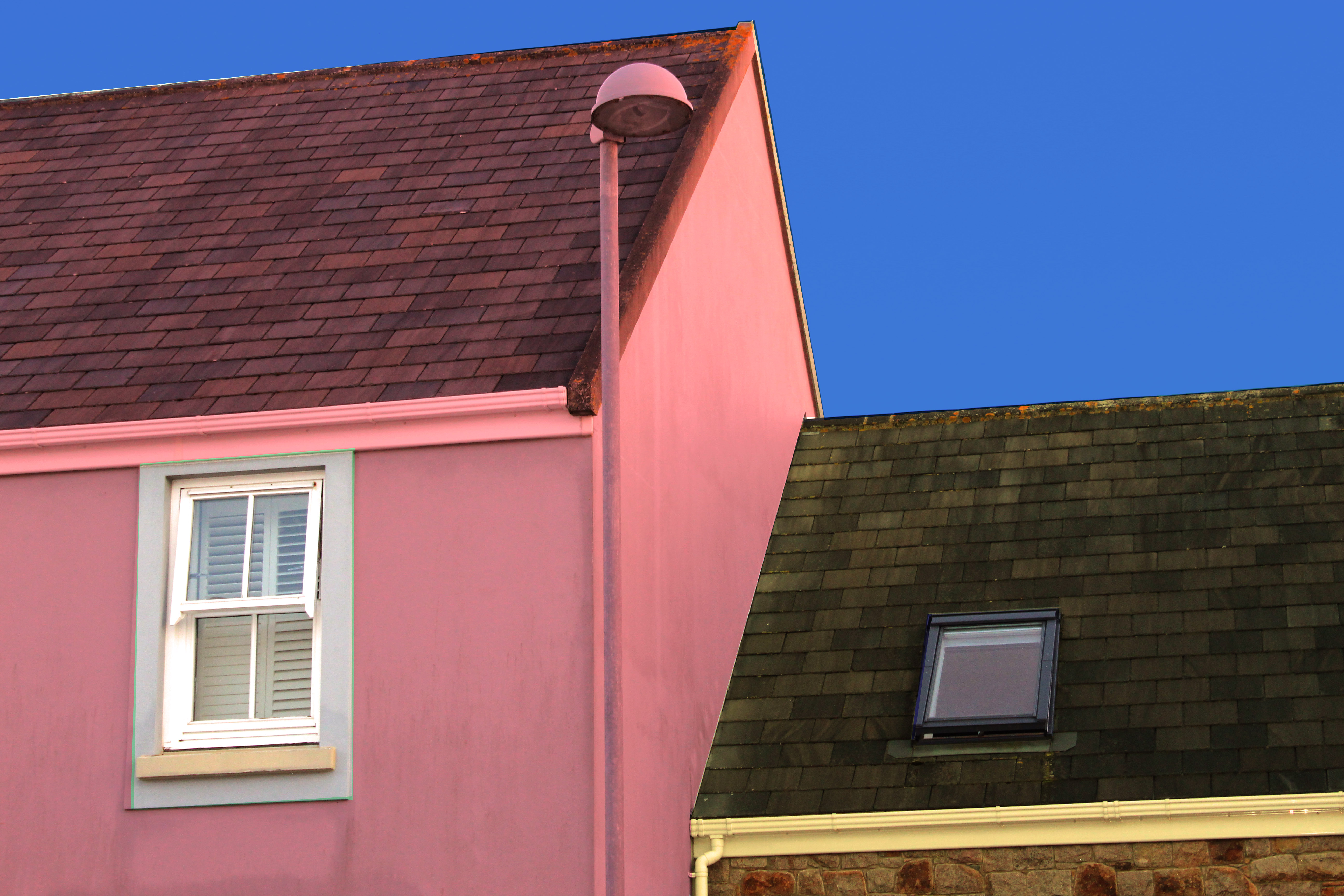
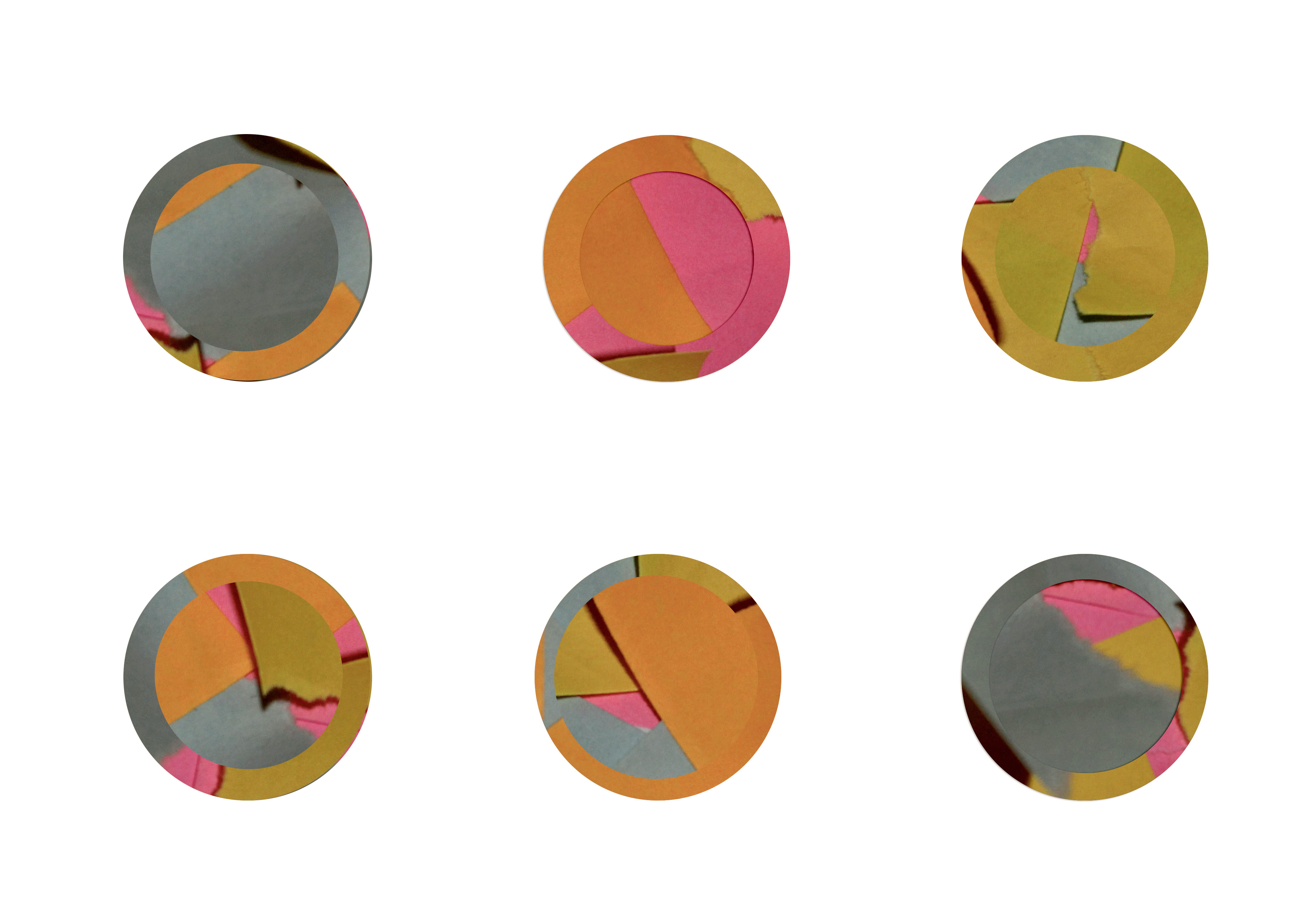
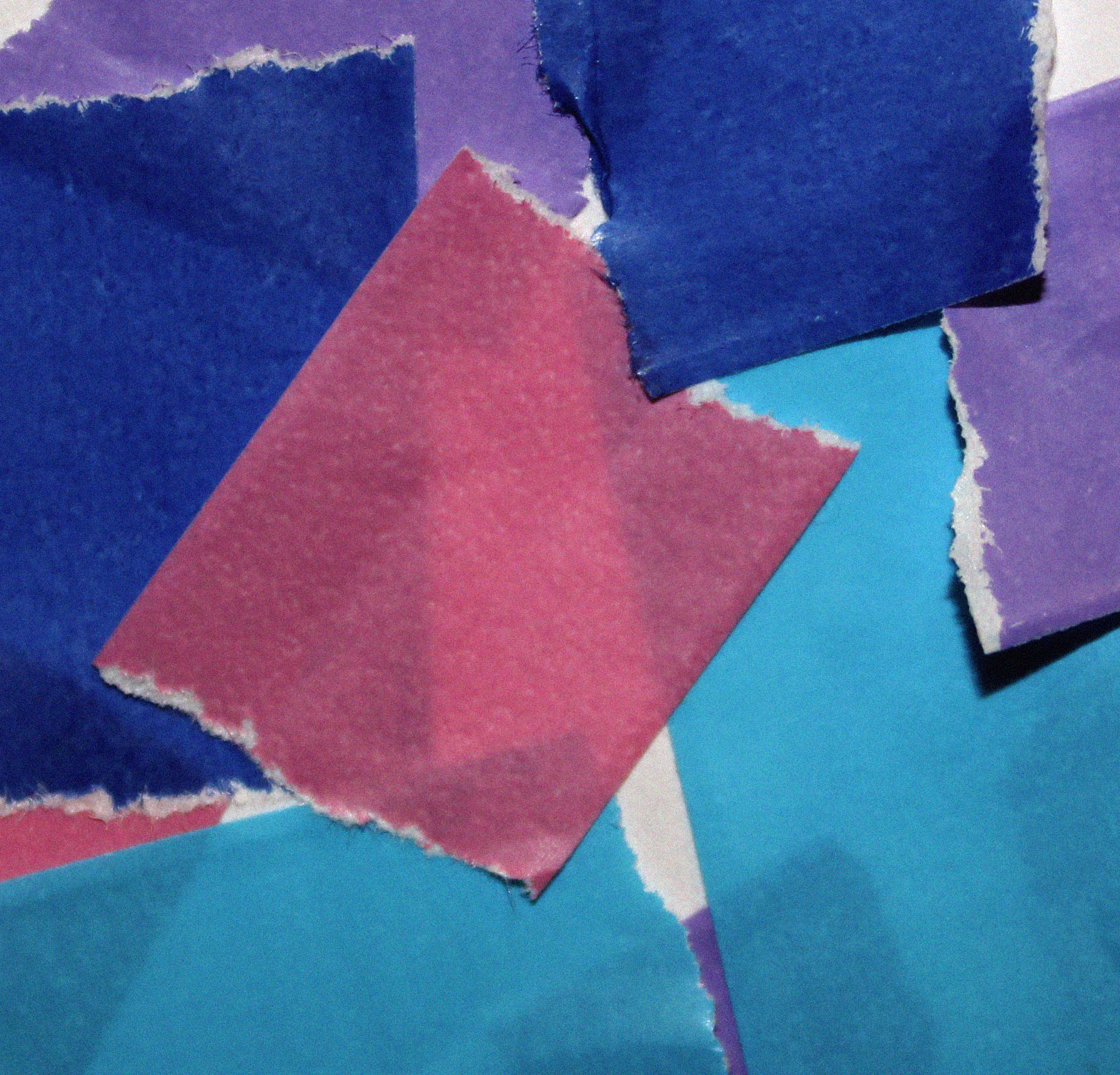
I’m really happy with how these edited photos came out as I believe I achieved the same style and look of the photographers I have researched. I really like how I edited these photos. Next time I think I will take more photos
Step by step how I edited one of my photos:
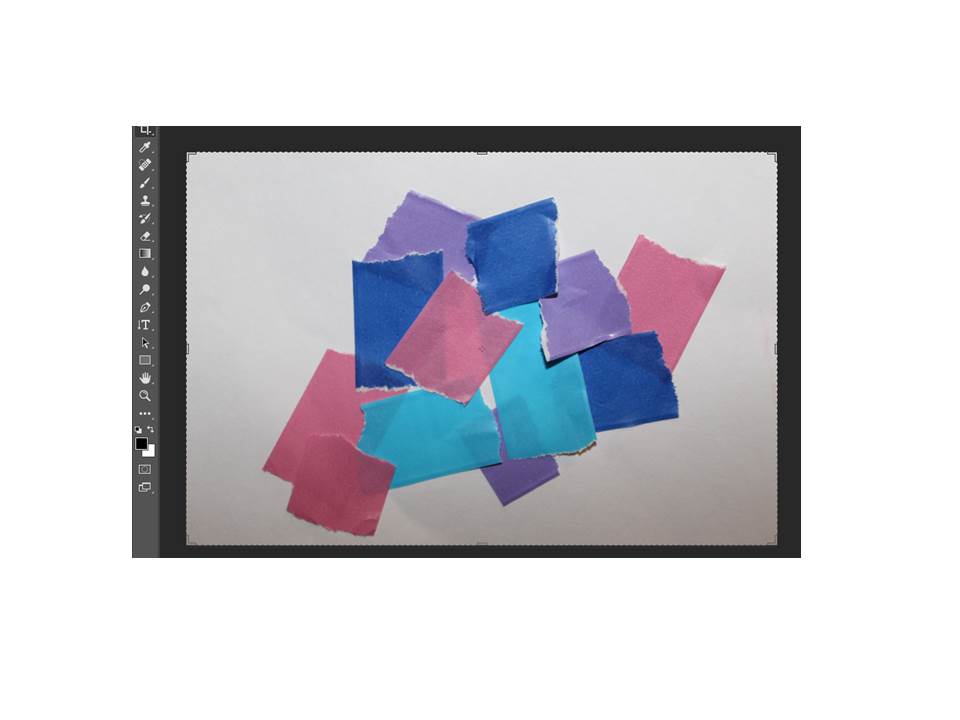
First I cropped my photo to my liking with the crop tool
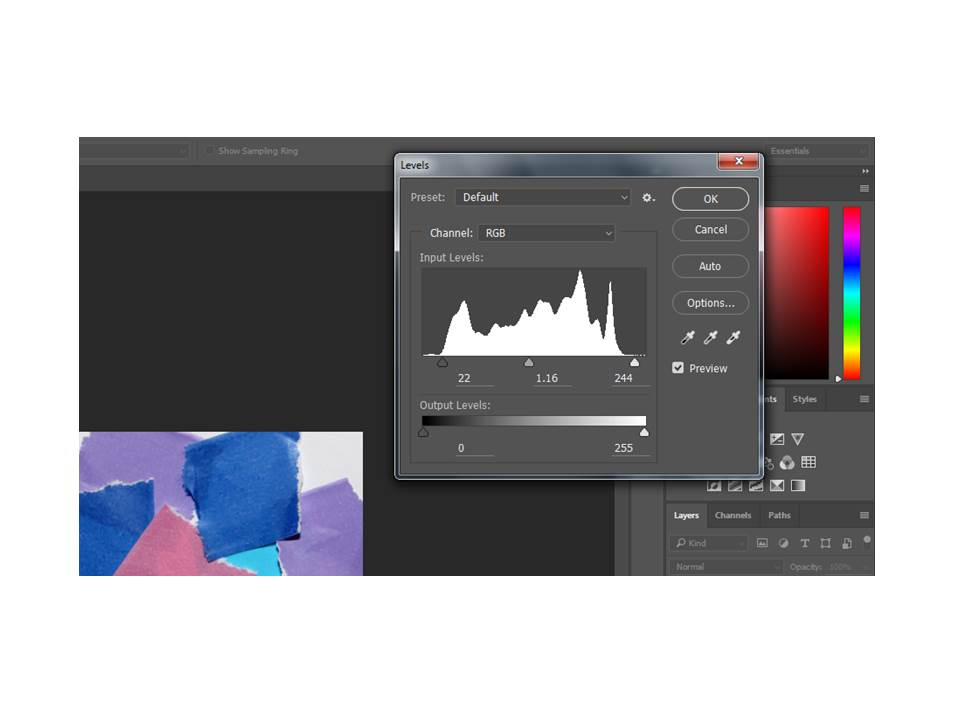
Then when I cropped it, I pressed Ctrl, alt, L on my keyboard and brought up the levels tool. This tool allows you to change the darkness, exposure and light on your image.
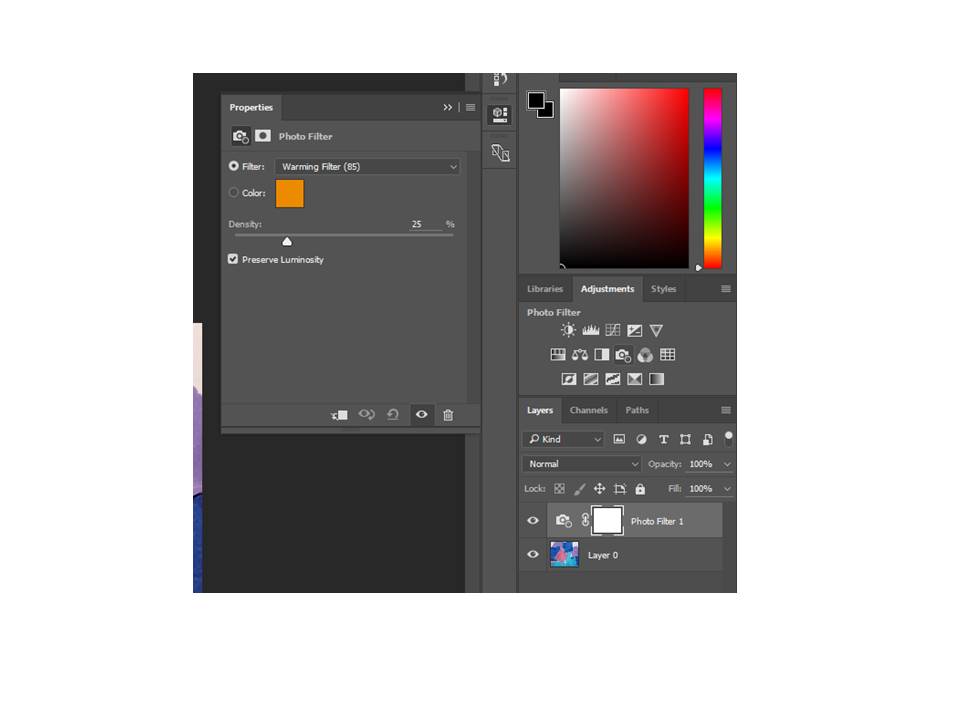
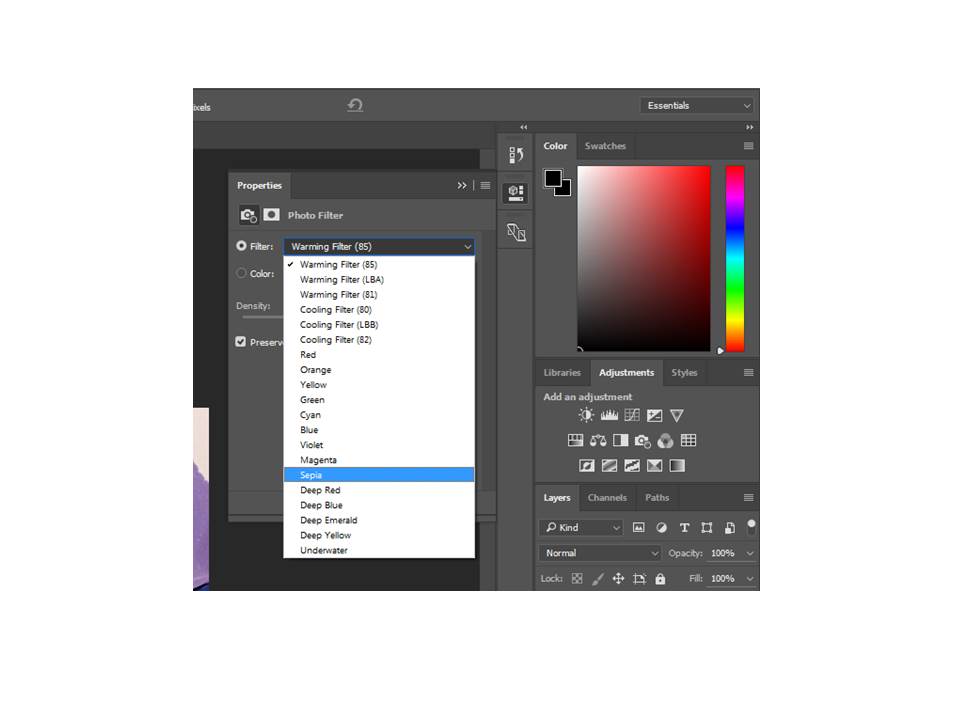
Then I pressed the photo filter tool and set it to the sepia filter.
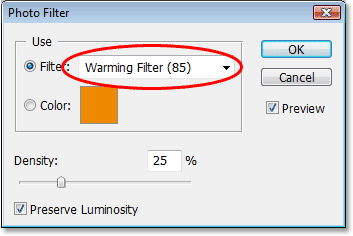
Aaron Siskind
Aaron Siskind
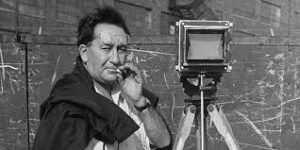
Aaron Siskind was born on December 4, 1903 in New York. Siskind and Callahan, famous for their synergy as teachers and photographers, reunited in 1971 when SIskind left the Institute of Design for the Rhode Island School of Design where Callahan then taught.

Siskind was interested in surfaces and texture from the natural environment surrounded by us in everyday life. therefore my response to his work is focused between those two areas.
Most of siskind’s work is based in images of black and white which immediately sets his work to a more detail and higher levels of contrast. His work caught my attention as when taking photographs I like working with black and white as for me it brings details that wouldn’t normally be as visible when I’m colour. However this works the same for some images that are colour that if you edited to black and white wouldn’t be as outstanding to some. However siskind’s work is different due to his focus on texture and levels in the images.
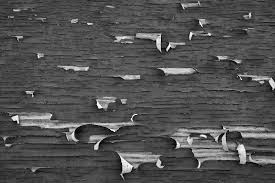
These are just some of the images I have taken based on Aaron Siskind’s work on texture and surface.
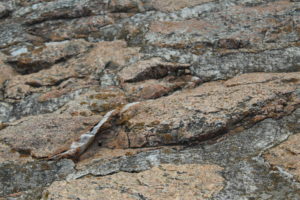
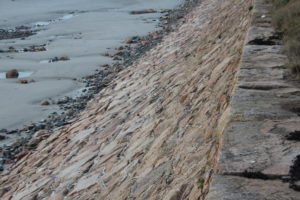
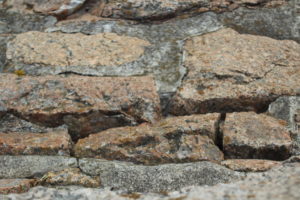
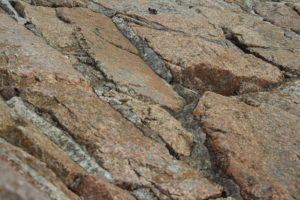
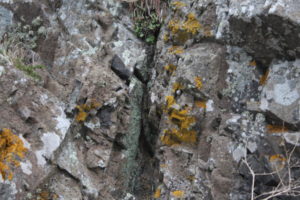
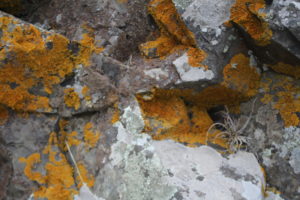
Week 5 Photoshoot Colour/Texture
For this shoot, I took a lot of inspiration from minimalist photographers such as Jon Setter, Kyle Jeffers and Julian Schulze, but also tried to take into account the style of Photographers like The Boyle Family and Aaron Siskind, and tried to get at least on subject photographed in the style of these photographers. i found it very interesting focusing of colour and shape, as well as texture and different techniques. I wanted this Photoshoot to show a verity of these skills and I feel as though i have achieved this.
Contact Sheets:
Red Dot: Consider for final edit
Red Line: do not use
Box + Arrow: Crop

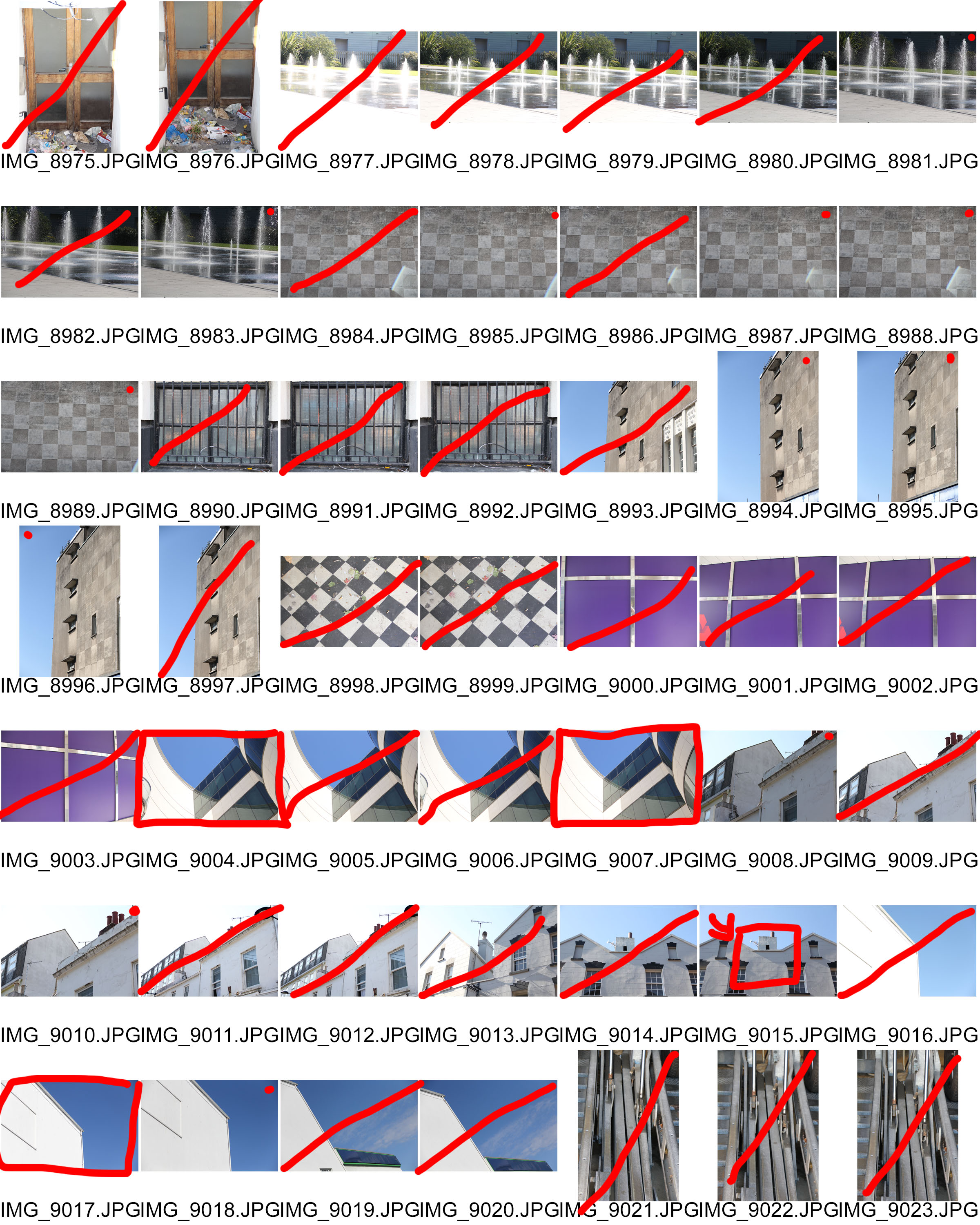
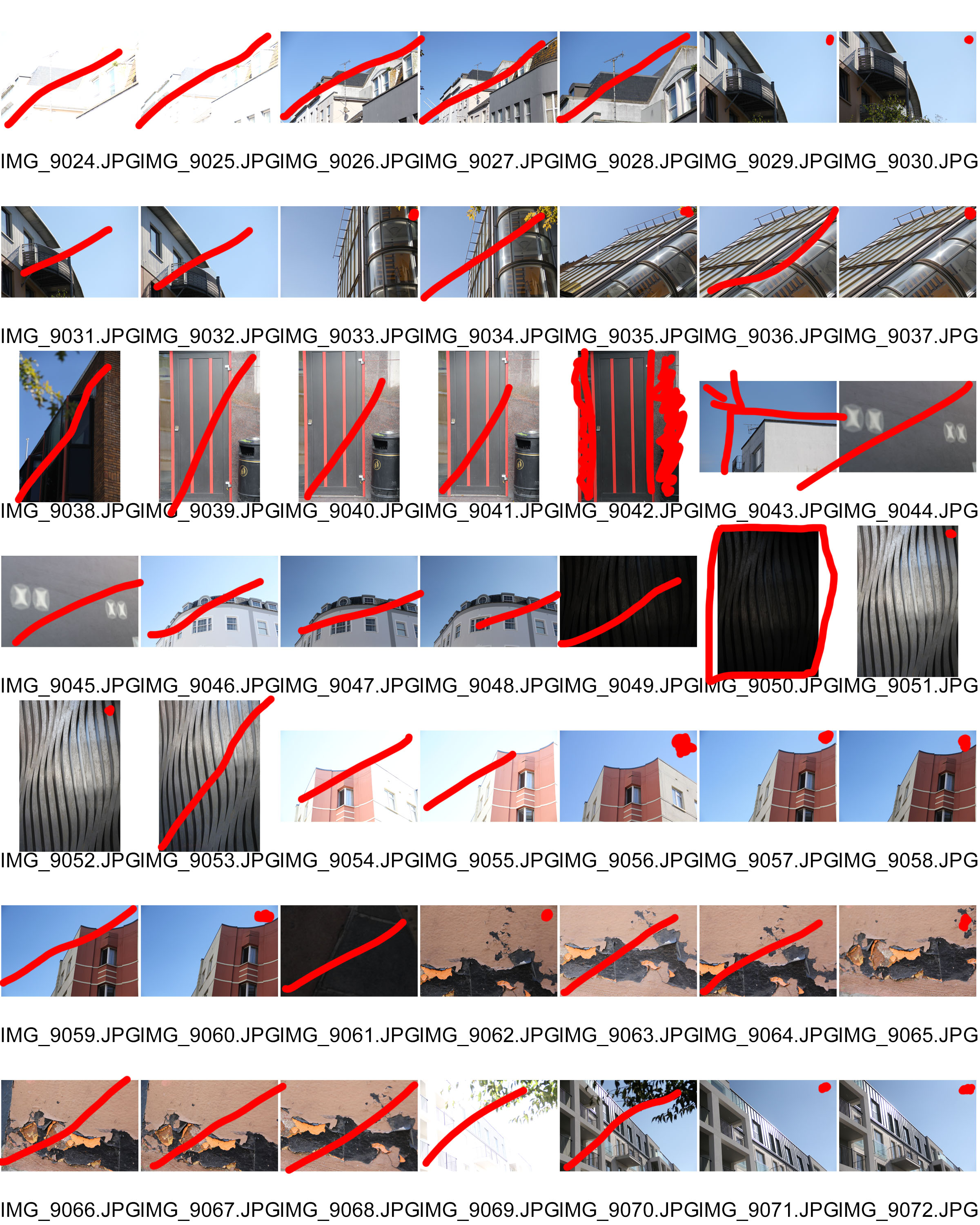
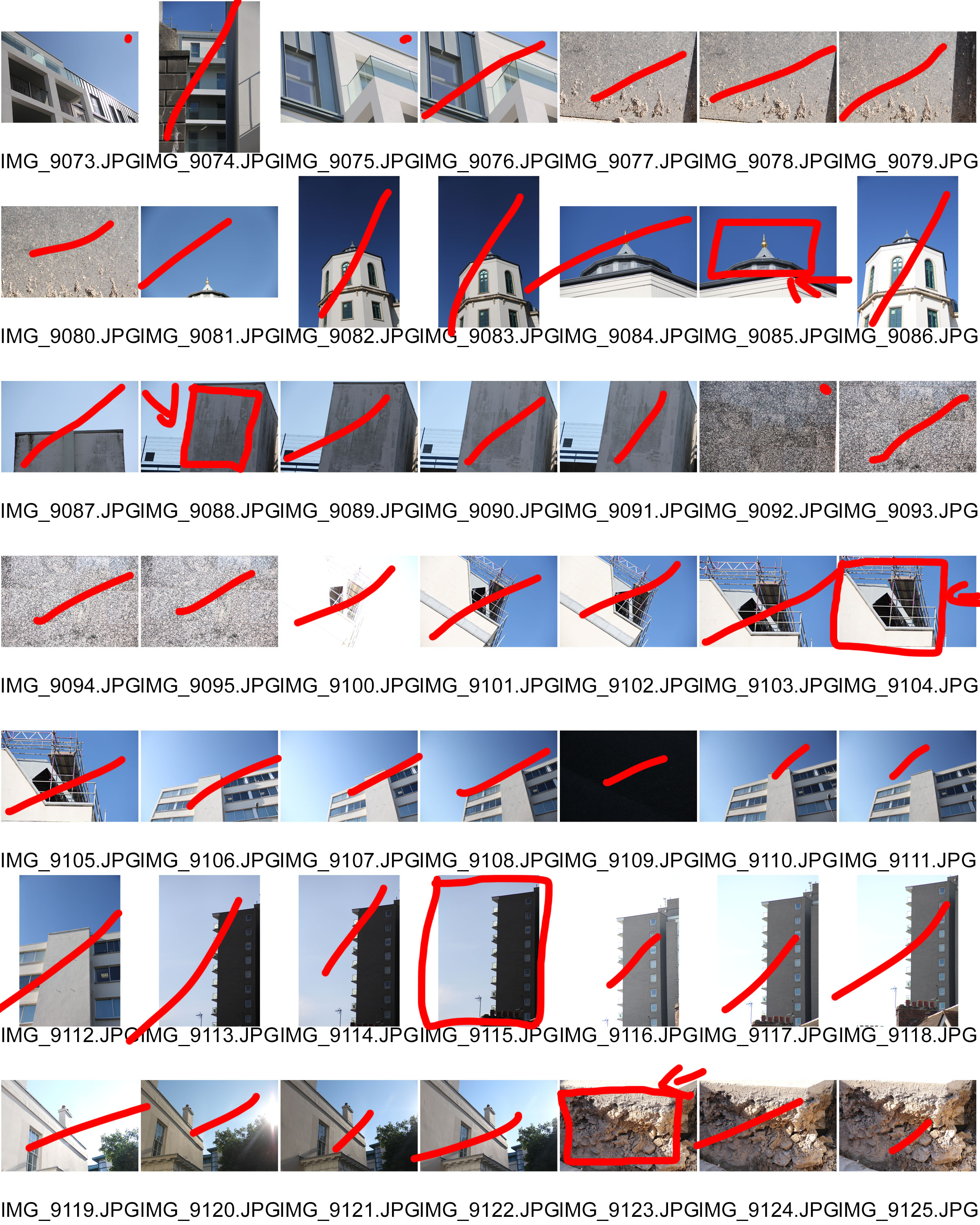
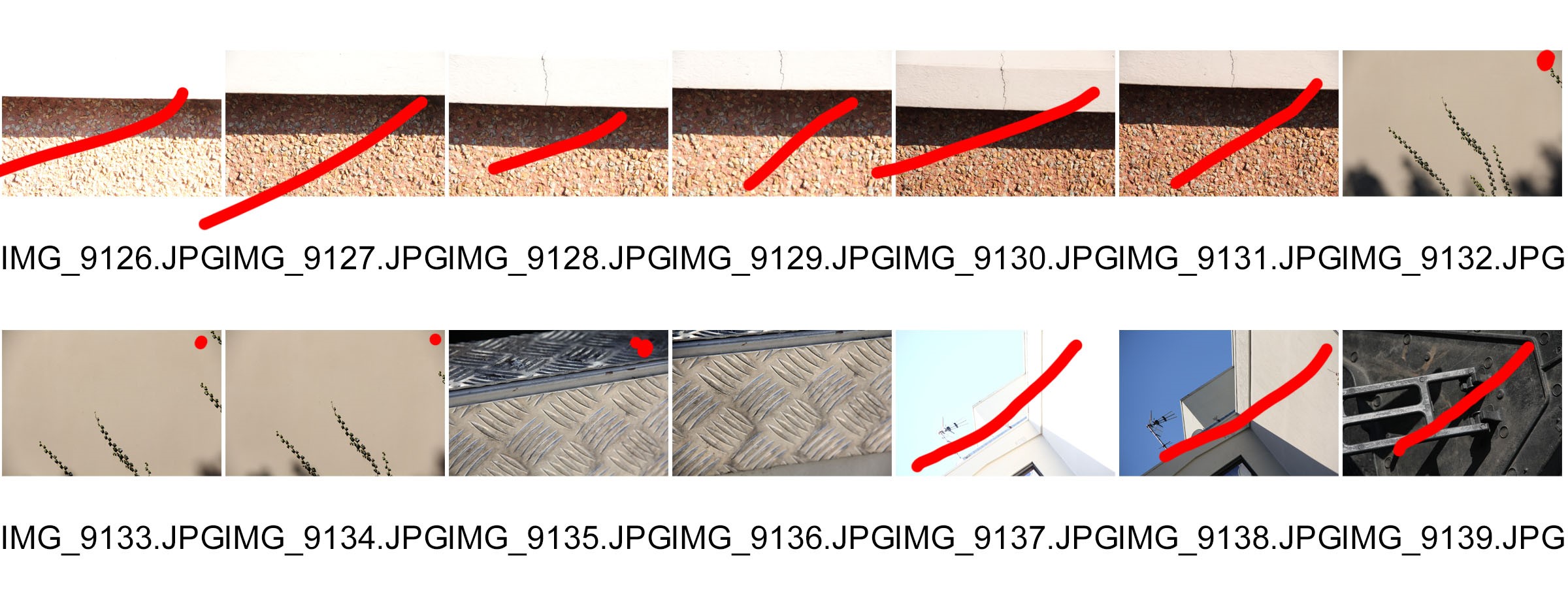
Inspiration for my images:
Many of the images in my contact sheet are based on the works of Kyle Jeffers and Jon Setter especially. I wanted to recreate the sharp images of setter combined with a slightly less saturated palate of Jeffers (concerning his pictures of buildings that is) and therefor i can see many elements of their work starting to emerge through my own.

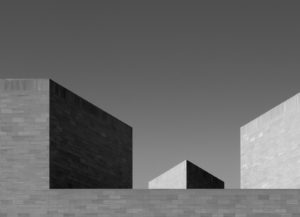
However, I also wanted to try to take some pictures in the style of other photographers as well, most notably the Boyle Family, but also a few in the vain of Aaron Siskind (although i tried to do different shots compared to the summer task that i completed about him) to try and challenge myself and produce the best variety of high quality photographs.
Final Images:

I found that this image is the closest that i got to that of Jeffers’ and Setter’s work, as it has the same characteristics in terms of shape, sharp edges, and an interesting colour palate. My goal for this picture was to try and emulate Setter’s ‘RedMilk’. I also feel as though I have put a unique spin on my picture, using a picture taken from further away.
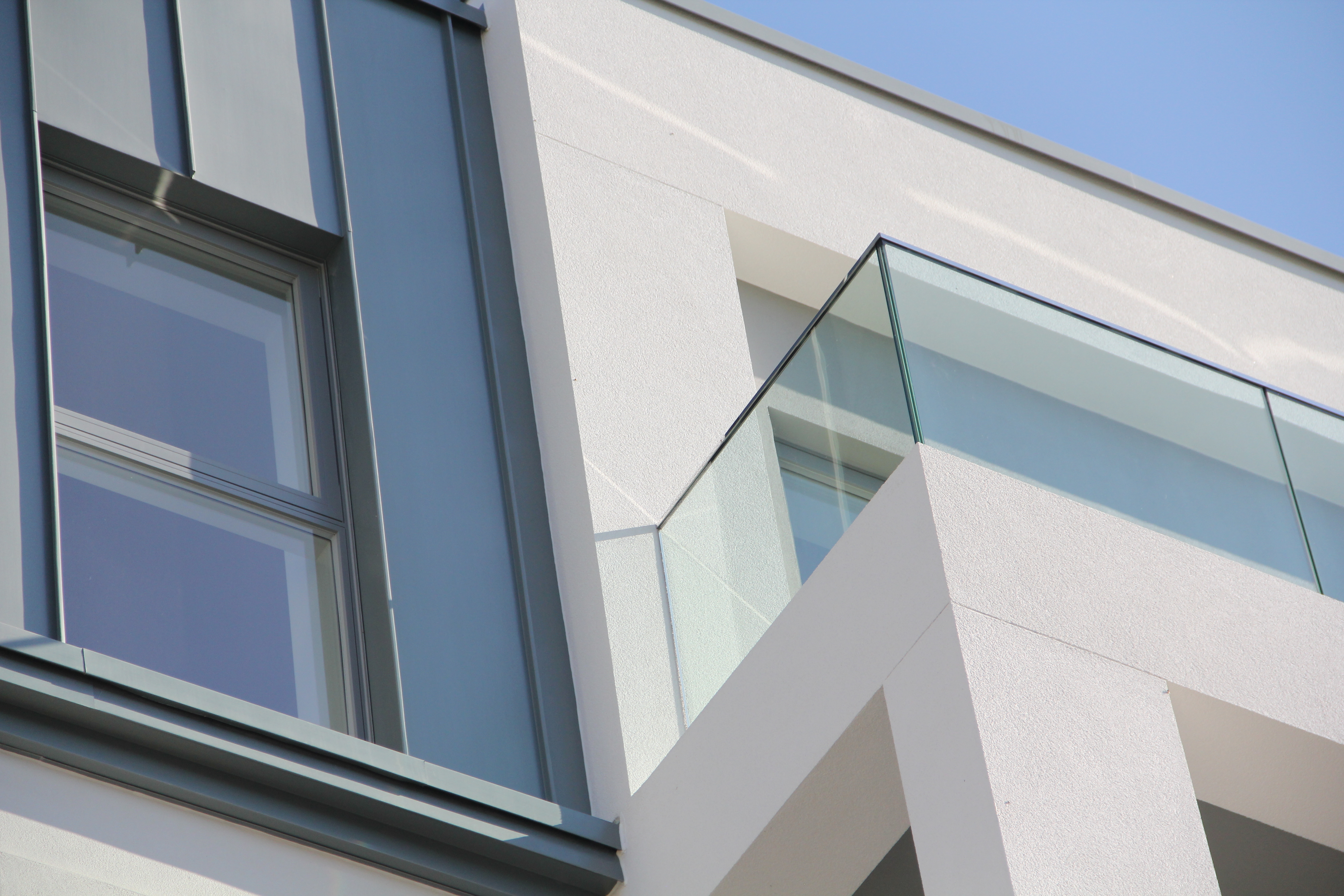
For this Picture, I liked how the lines were perpendicular to one another, similar to a lot of Setter’s work, yet it also has more of a monochromatic tone compared to a lot of Setter’s pictures. I also Like the use of angles in this photo, as the camera is slightly canted and this adds to the sharp edges of the perpendicular, 90 degree angles within the picture.

For this picture i wanted to focus on minimalism and It has definitely turned out better than i was expecting. This specific photo was not taken as an attempt to copy others work, but as this was near the end of my shoot, I had started to get an eye for the colour and texture photos that Photographers were producing, yet it does still feature some of the key elements of minimalistic photographer’s work.
Franco Fontana Response
FRANCO FONTANA’S LIFE AND WORK:
Franco Fontana was born in 1933 in Modena. He took up photography in 1961 and joined an amateur club. He held his earliest solo shows in 1968 in Modena, his native city, which marked a turning point in his career. He has published over seventy books with Italian, French, German, Swiss, Spanish, American and Japanese publishers. His photographs have appeared worldwide in over 400 exhibitions, solo and collective. His images are in collections in over fifty public and private, Italian and international galleries, including: the Bibliothèque Nationale, and the Maison Européenne de la Photographie, Paris; the George Eastman House International Museum of Photography, Rochester, the Musée de la Photographie, Arles, New York, the National Museum, Beijing, the Stedelijk Museum, Amsterdam, the Metropolitan Museum of Photography, Tokyo, the Galleria Civica d’Arte Moderna e Contemporanea, Turin, and the Victoria and Albert Museum, London. Many companies have asked him to collaborate on advertising campaigns, he has published photographs in Time-Life, The New York Times, Vogue Usa, Vogue France, Il Venerdì di Repubblica, Sette del Corriere della Sera, Panorama, Frankfurter Allgemeine Zeitung, Class, Epoca and others. Fontana has been invited to hold photography workshops in various schools, universities and institutes such as the Guggenheim Museum in New York, the Tokyo Institute of Technology, the Académie Royale des Beaux Arts, Brussels, the Toronto University, and so on in Rome, Paris, Arles, Rockpot, Barcelona, Taipei, Politecnico di Torino, and the LUISS University, Rome. He has collaborated with the Centre Georges Pompidou, the Japanese Ministry of Culture, the French Ministry of Culture.
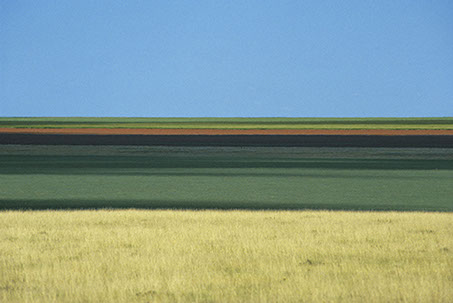
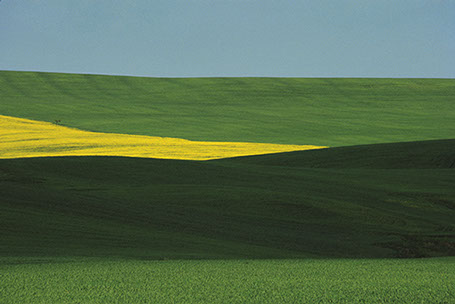
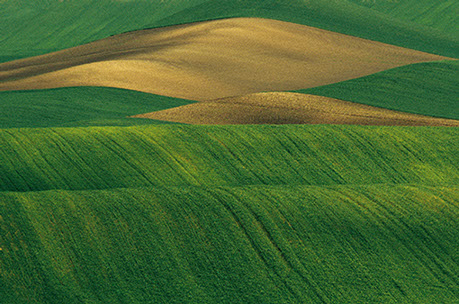
CRITICAL ANALYSIS:
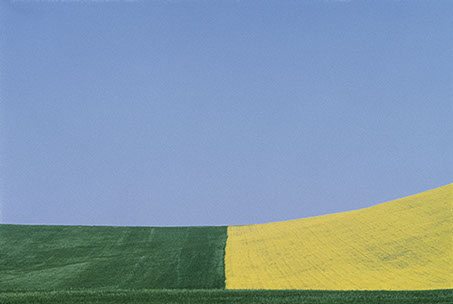
This piece by Franco is very simple in composition, only consisting of simple line work, going along the rolling hills of the grasslands. There are large blocks of color which separate the photo into 3 sections, blocking each color into a section. Even through the photo contains a very simplistic color pallets, the colors merge and harmonize together to create an overalll “tied together”look. There is no real foreground, mid ground or background, therefore the landscape appears 2D and flat. The length and width of each block of color is fairly relative to one another therefore there is a slight sense of pattern and repetition. I believe that during editing, the colors have been over saturated in order to create impact and boldness. The natural lighting coming directly above from the sun, gives the image brightness yet lacks any sort of shadows or tone differentiation. Even though this is a photograph of fields, the image does not feel organic or natural in any sense due to the symmetry and geometry seen within it.
His reasoning for creating these images are “my goal is to interpret reality. Anyone can see the landscapes I photograph, but with my camera I try to capture the details and features that the eye cannot see. Some tell me, “I went to Provence and I saw ‘your’ landscapes”; sometimes they will have seen those places before coming to an exhibition, but only after looking at my work they see that part of reality pinpointing something they had not noticed before.”
CONTACT SHEETS AND SELECTION:
This was a very extensive and thorough photo shoot therefore i ended up with over 200 photos which i eventually cut down to 9 with the help of contact sheets. The plus indicates that the image is successful. The S indicates the need to further saturate the image, and the D indicates the need to lighten the image.
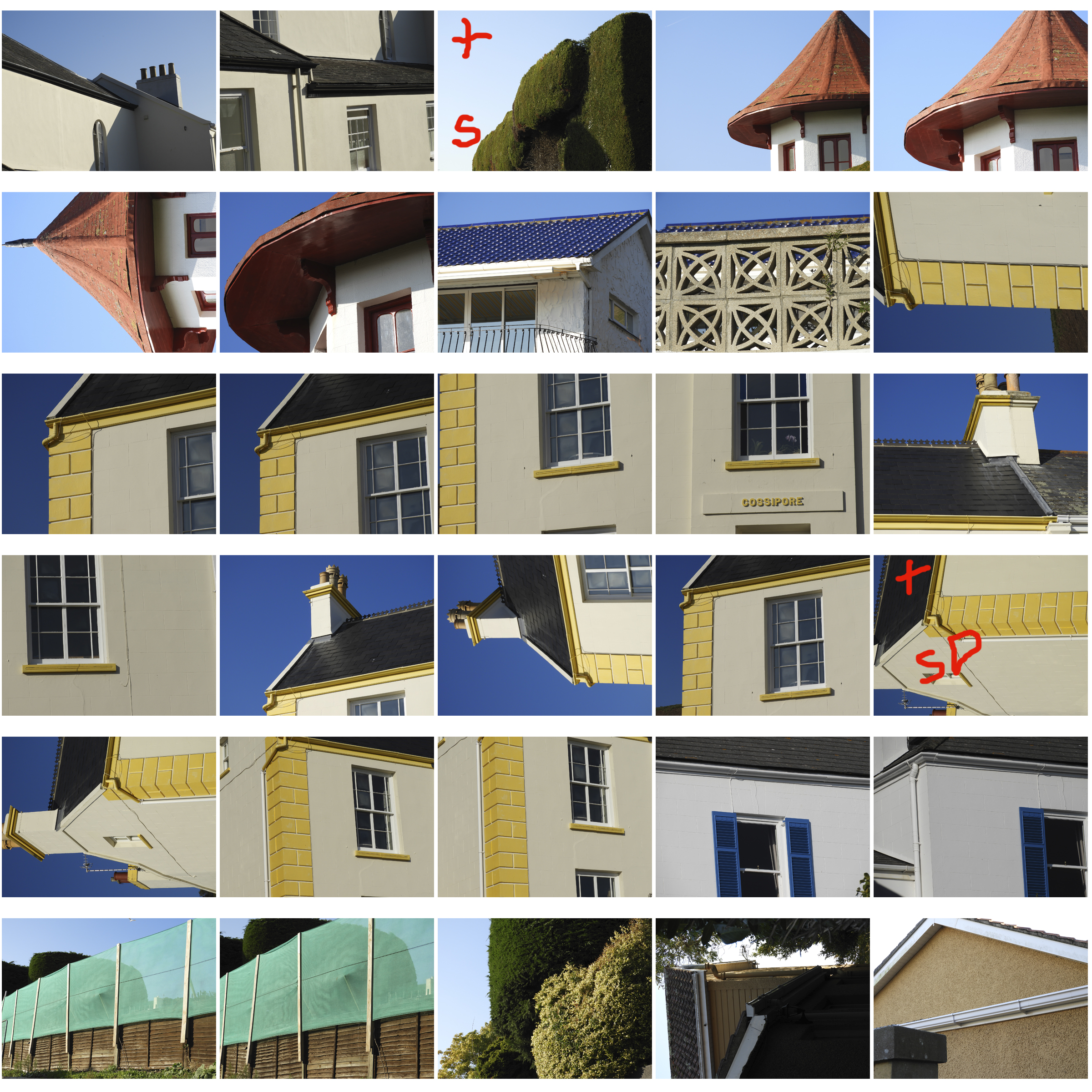
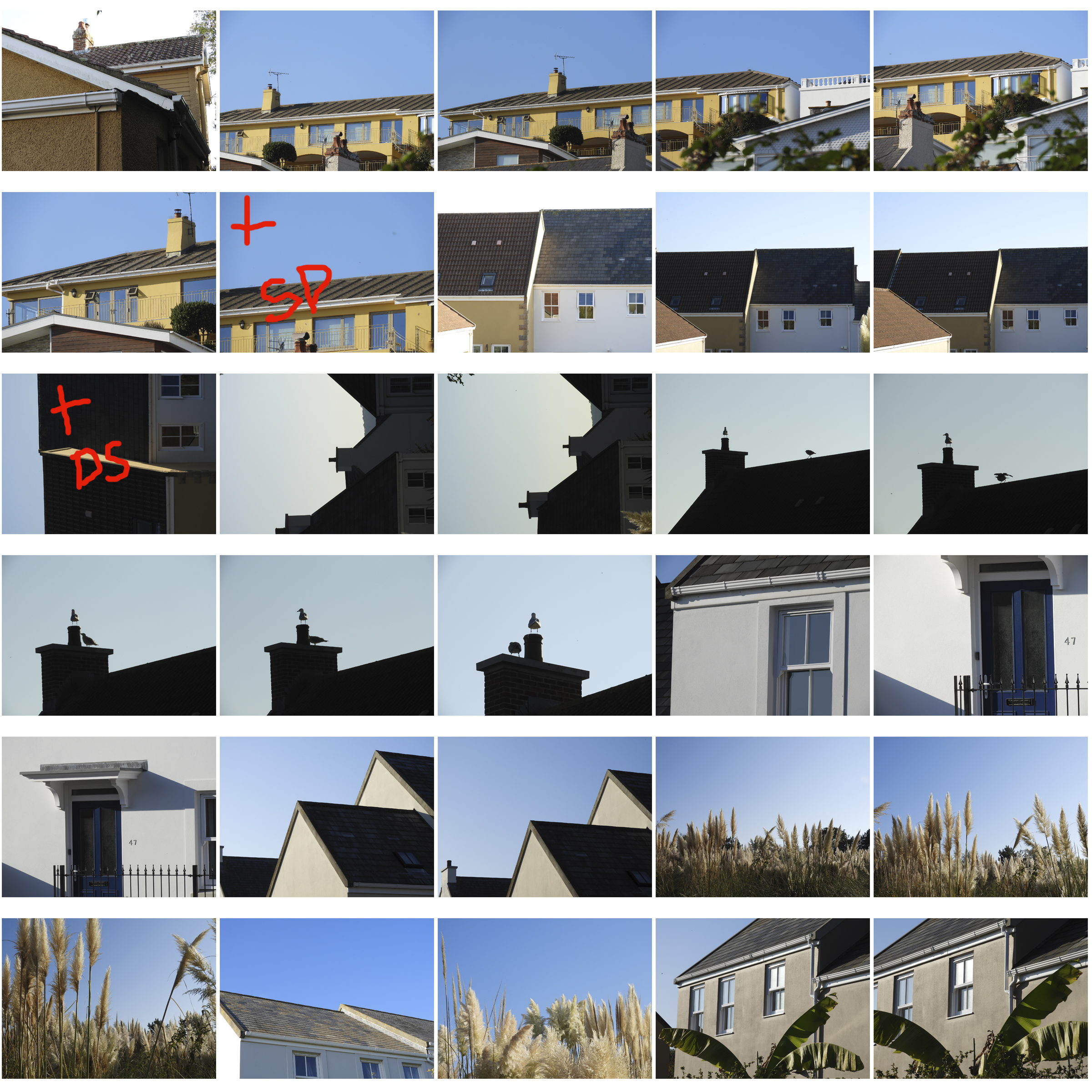
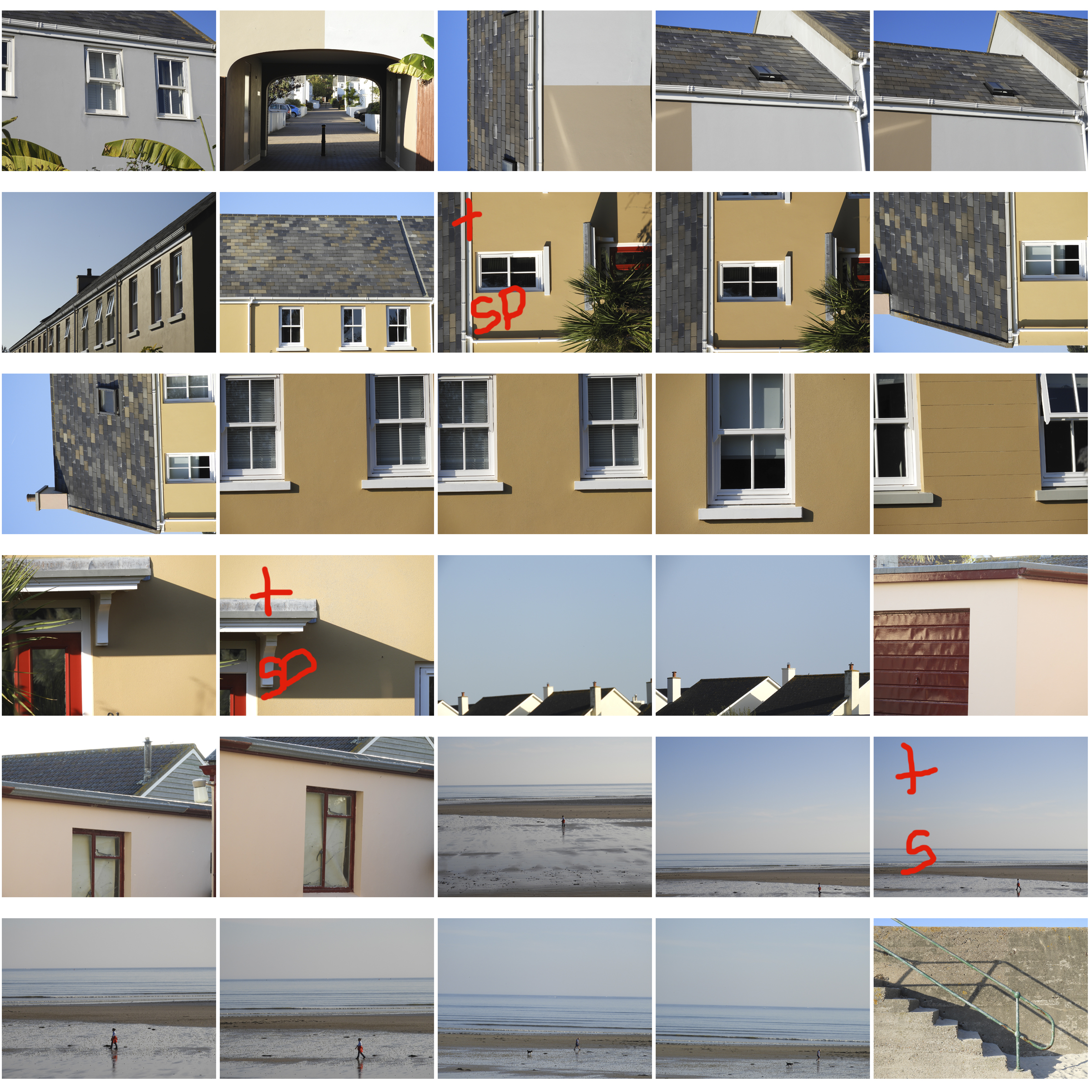
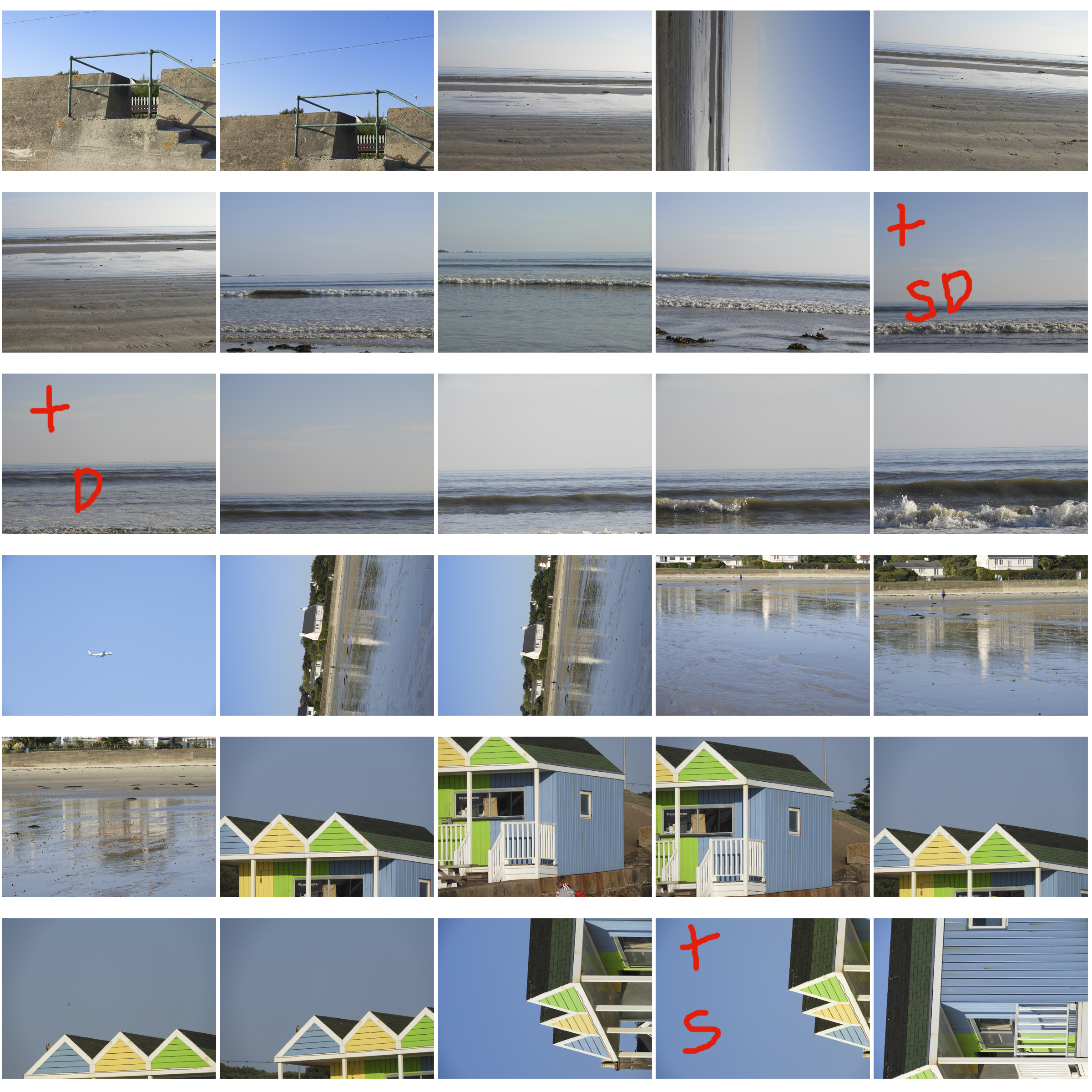
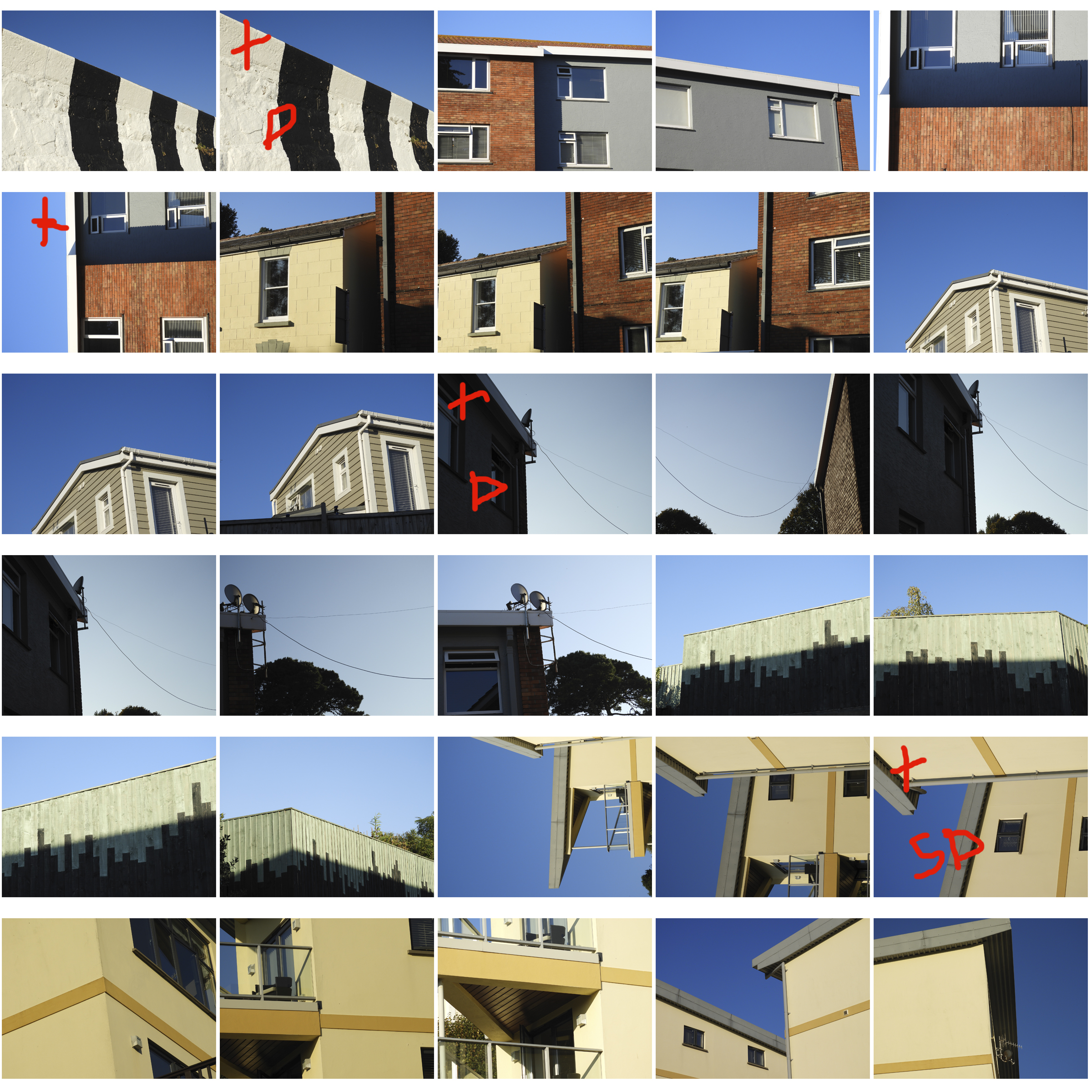
ANALYSIS OF MY MOST SUCCESSFUL PHOTO:
i felt that this photo encapsulated the formal elements that Franco explores best. Firstly, the main focus of the image is the bright and saturated colors of the sky and the yellow building below, which perfectly harmonize to create an impactful image. The light grey and brown roof tones down the image slightly, yet works well together with the blue and yellow. Like Franco, I captured these images on days with few clouds and strong natural lighting which allowed the bright blue sky to pop and provide a clean backdrop for the image. The light was hitting the building from the top left hand of the sky therefore no real shadows are cast onto the building. The image follows the rule of 3, with the sky filling up the top 2/3 of the image and the building filling up only 1/3 of the image. Like with Franco’s work, There is a slight sense of repetition in this image through the evenly spaced roof tiles and windows in the bottom third of the image. The repetition of pattern also makes this image feel industrial and man-made, far from anything organic. This image is also very flat and does not have a clear foreground or background giving it a 2D quality.
Whilst capturing these images, I set my exposure to 600, as it was quite a bright day yet i wanted it high enough to allow color to be bright. As there was plenty of natural light, I maintained my shutter speed at 1/60 which was enough to produce clear and crisp images. I set my white balance to direct sunlight as these were the conditions i was experiencing that day. The field of view in this image is very small, meaning that i zoomed in quite far into the building to capture this image.
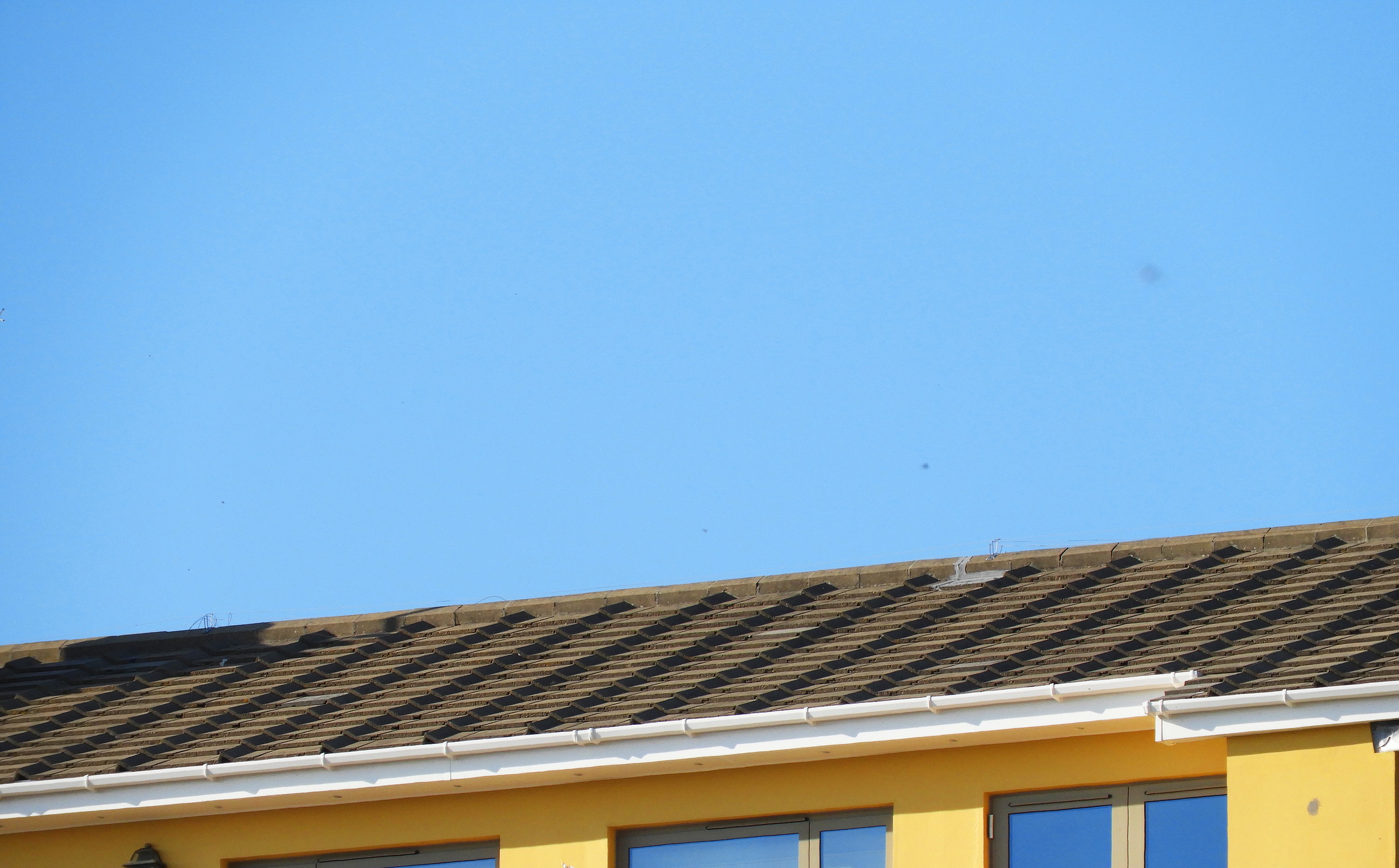
Franco Fontana Response: Most Successful Photos
WHAT I DID:
This is a selection of my most successful photos from a photoshoot i did focusing on the work of Franco Fontana. All the images below follow a simplistic approach, mainly concentrating on bold color and minimalist composition. I was not able to capture the beautiful rolling hills like Fontana has done, but I still incorporated similar elements into my work in order portray similar images.
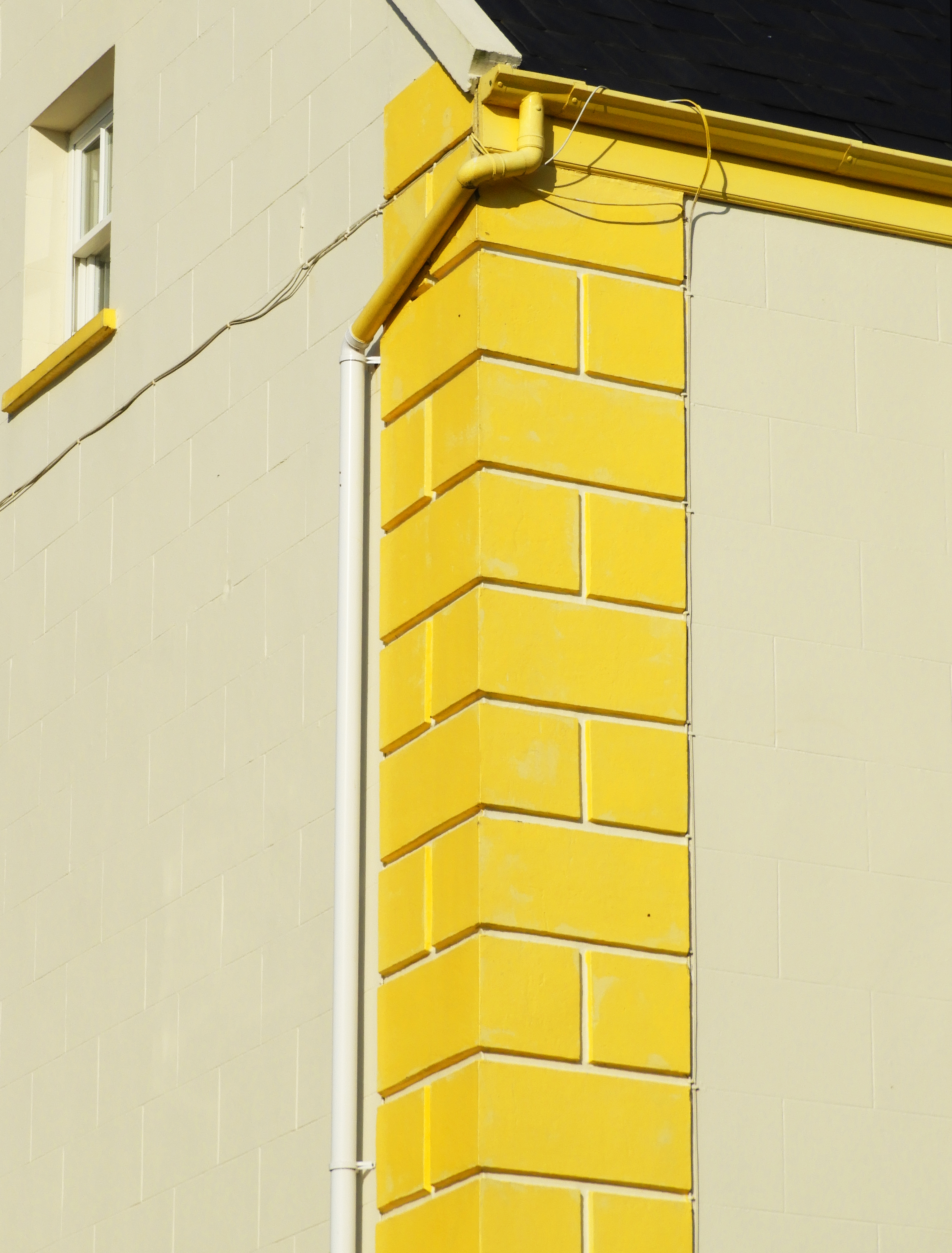
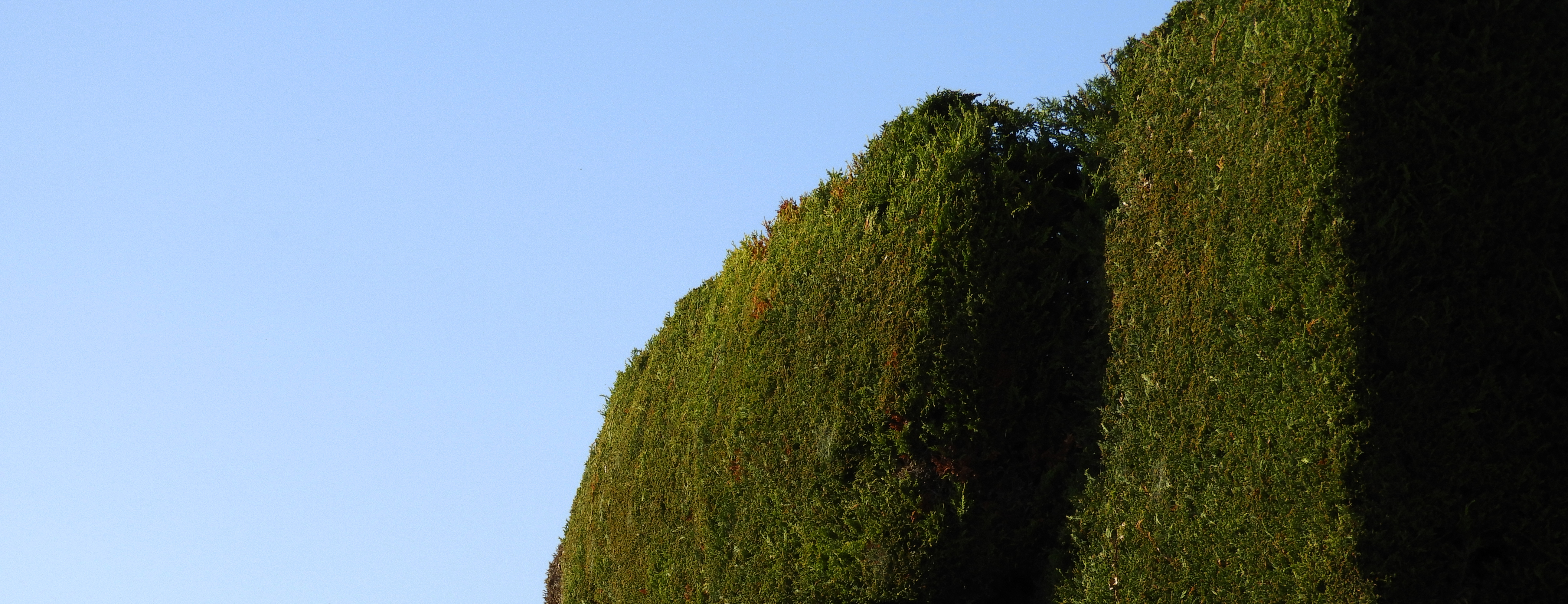
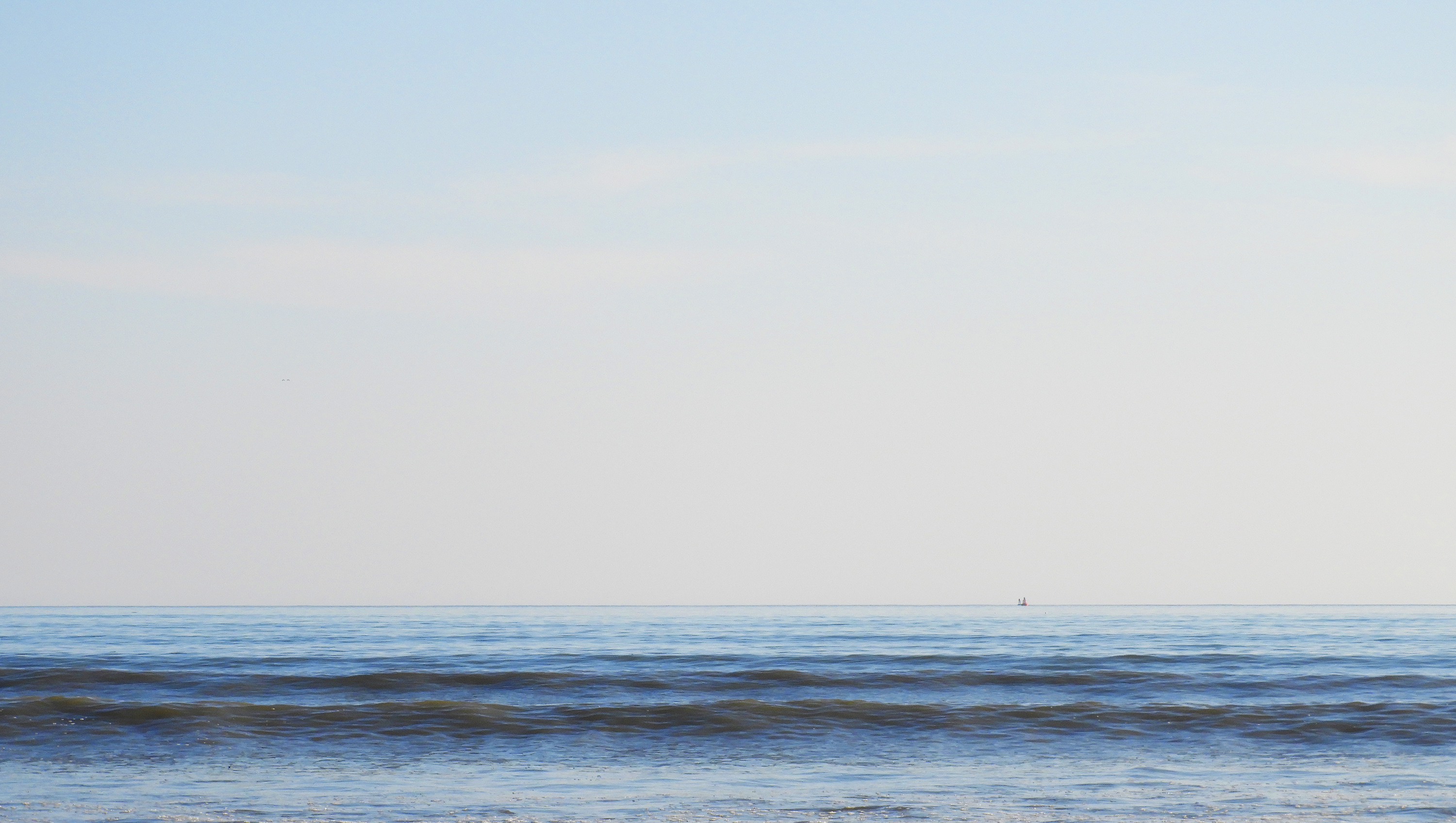
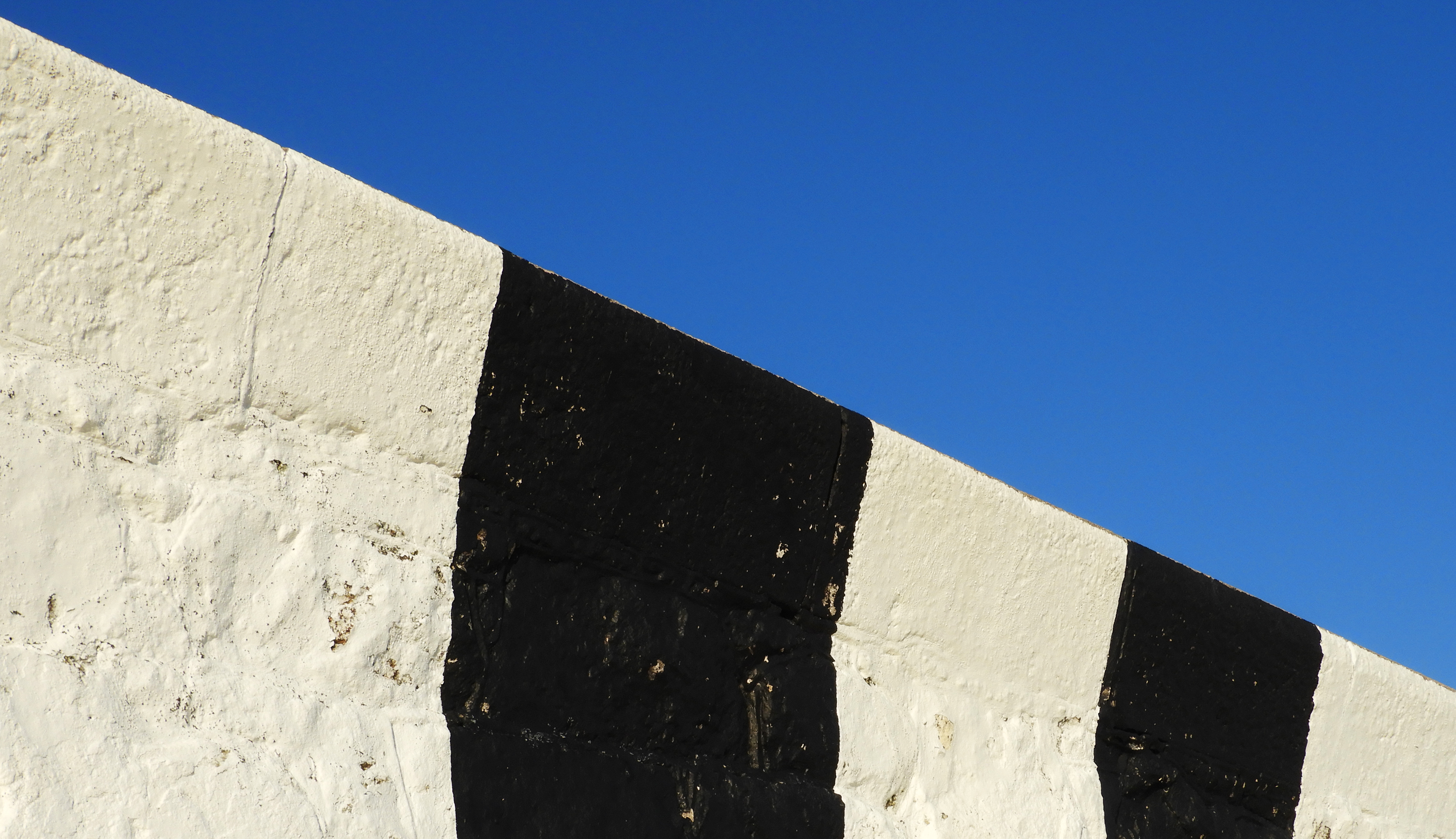

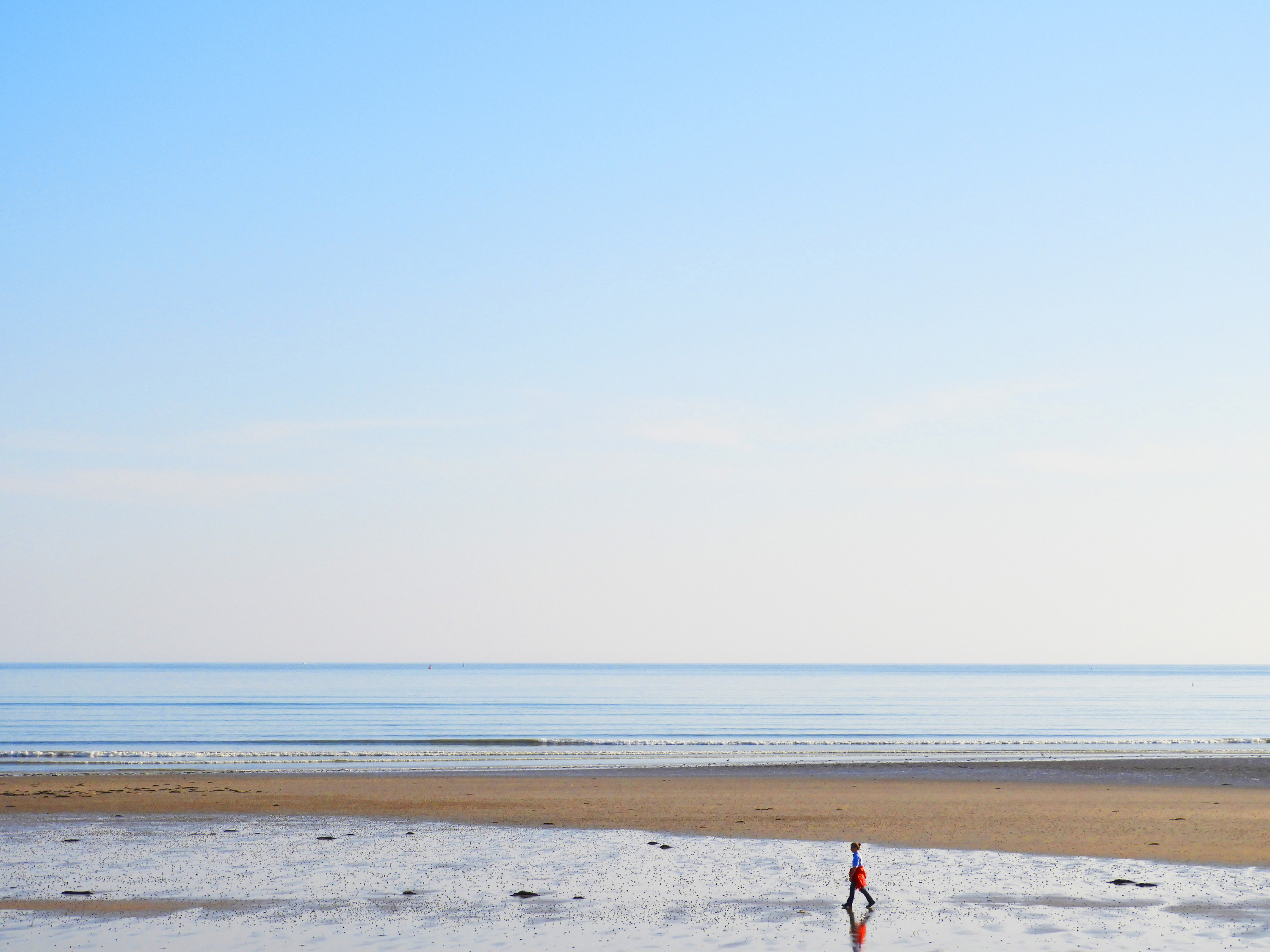
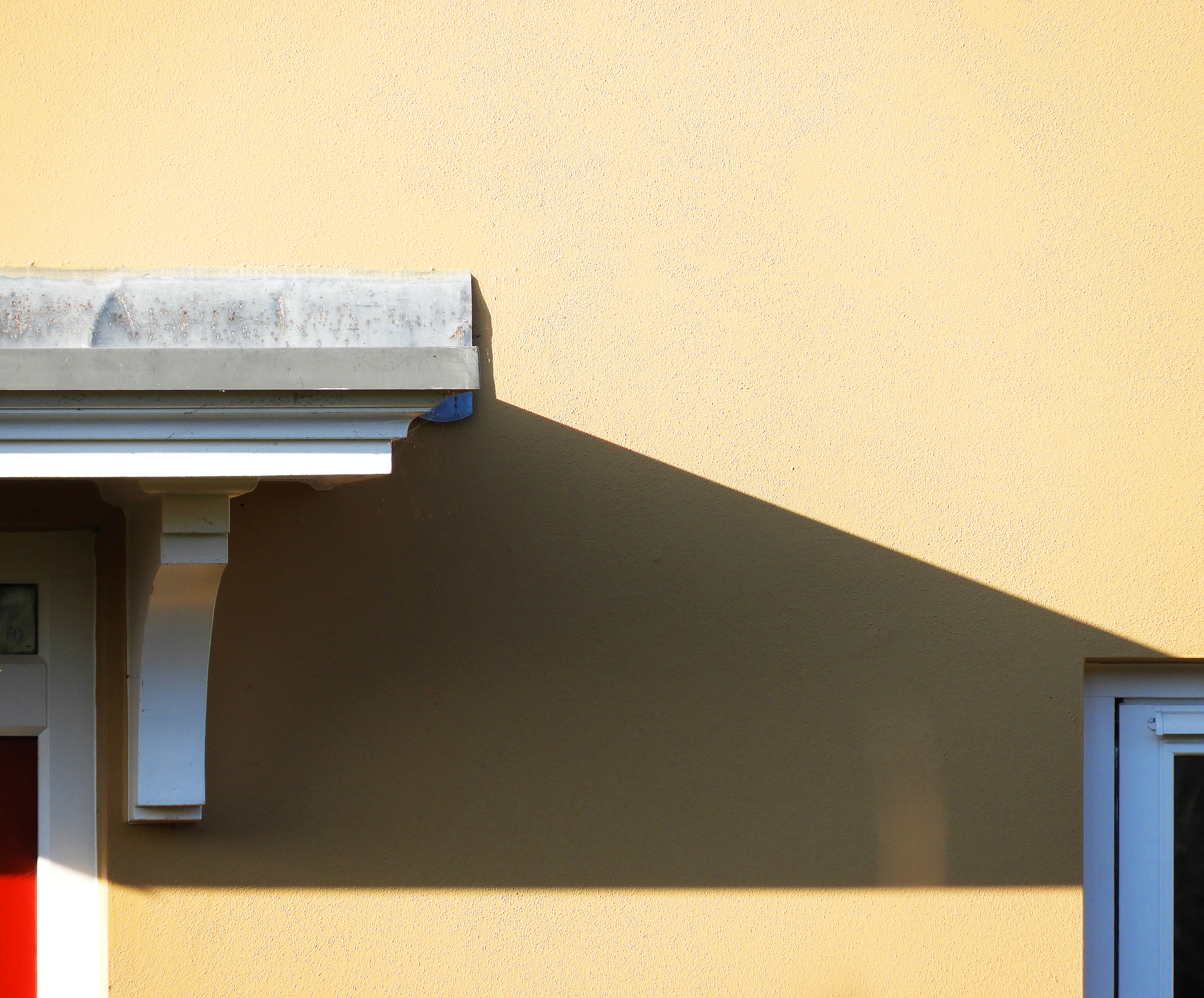
Abstract Project – Final Images
Presentation and Evaluation
This blog post features my final 5 abstract pictures which I have edited and it explains some of the features and techniques used to capture the images along with bits on how I edited them.
Image number 1.
This is perhaps my first image of the project that I properly edited and manipulated. It was taken with a quick shutter speed so the background was dark as I was using black paper to create it which could have been exposed easily with more light being let into the camera. I took this image from a straight on/portrait viewpoint to give the paper a look as if it was floating.
Technical:
Lighting – The built in camera flash was used for taking this photograph so that the objects outline was enhanced, whilst the room lighting was dimmed so the background was not very bright.
Aperture and Shutter Speed – The aperture in this photo was quite small and the shutter speed was fairly fast, therefore the background stayed dim. It didn’t affect the white colour as the white balance was turned up and the ISO was also quite high around 800 so the white still stood out.
Visual:
The visual elements of this photo include: Black and White colour, a-lot of tone and texture within the details of the paper, a 3D effect due to the shadows inside the paper and finally a very sharp outline of the crumpled paper.
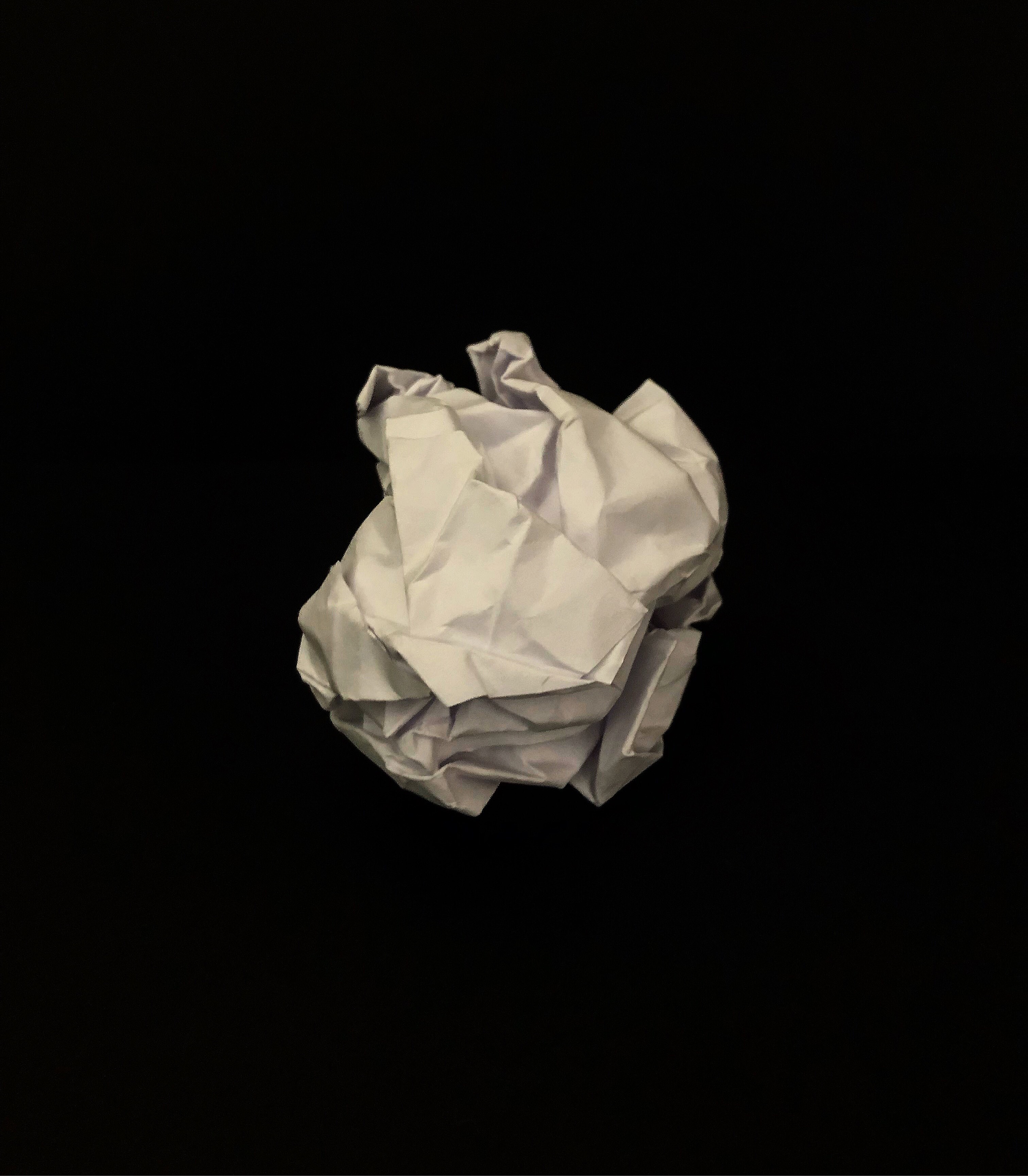
Image number 2.
Technical:
Lighting – Camera Flash and background classroom light.
Aperture – Larger aperture to increase brightness.
Shutter Speed – Fast shutter speed to keep the image sharp and clear.
ISO and White Balance – The ISO is turned up to increase the colours in the image and the white balance was not changed.
Visual:
The visual elements of this photo include a high contrast in colour, tone and texture between the disco ball object and the blurred out background and a strong depth of field due to the sharp foreground and blurred background.
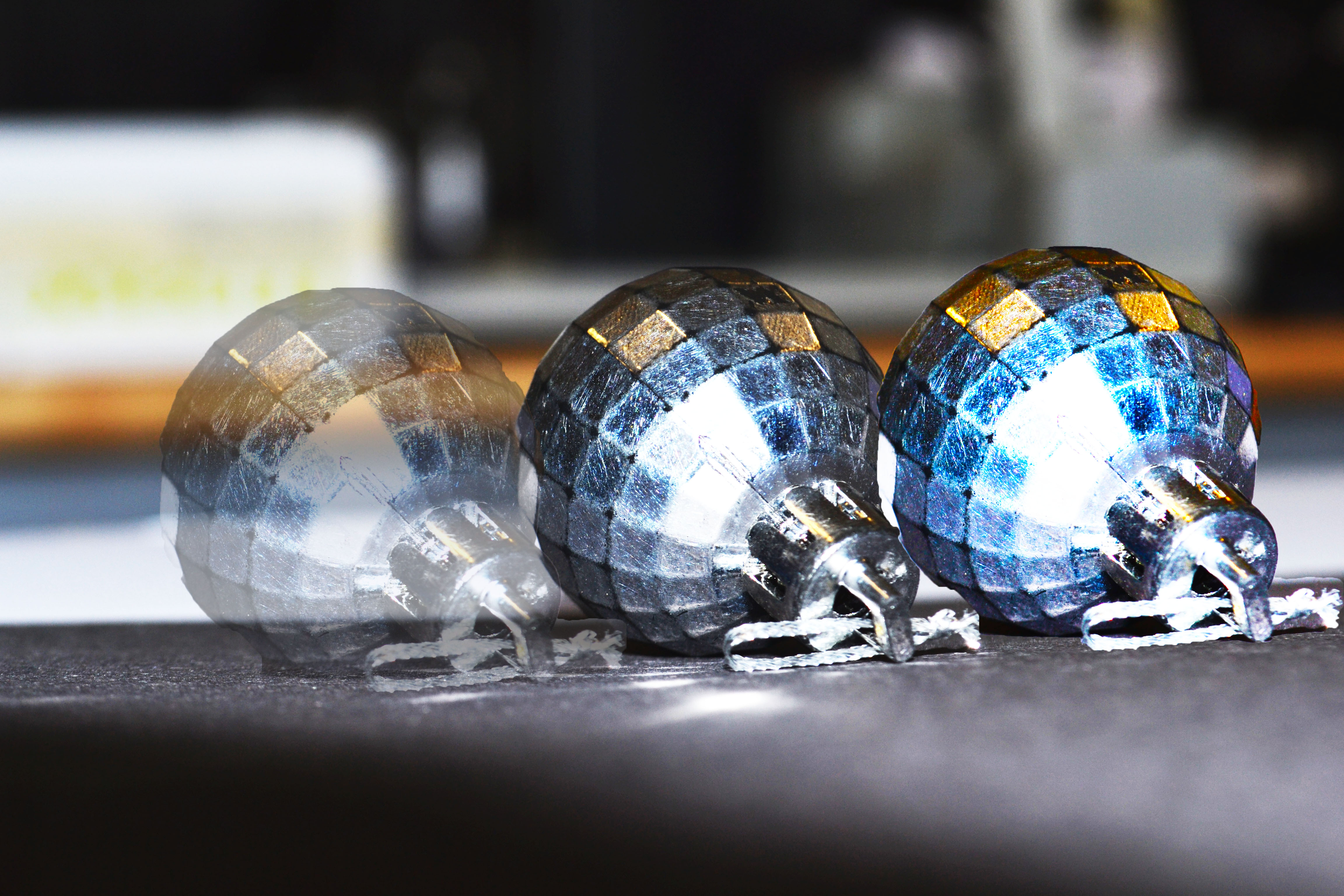
Image number 3.
Technical:
Lighting – The lighting in this was artifical in the background with the built in camera flash providing the main source of brightness
Aperture – The aperture in this photo was
Shutter Speed –
ISO and White Balance – The ISO in this photo wouldn’t really play a large influence because the image is in black and white. The white balance was turned up so that the contrast makes the patterns more prominent.
Visual:
The visual elements of this image include a dual colouring of black and whites along with slight hints of yellow in the middle of the circle. There is quite a touch texture around the surface of the circle and a slight pattern created by the light shinning through the lamp. The original unedited version of this photo has a 3D effect due to the shadows created by the flash but with the dark black and white contrast present it has a 2D look.
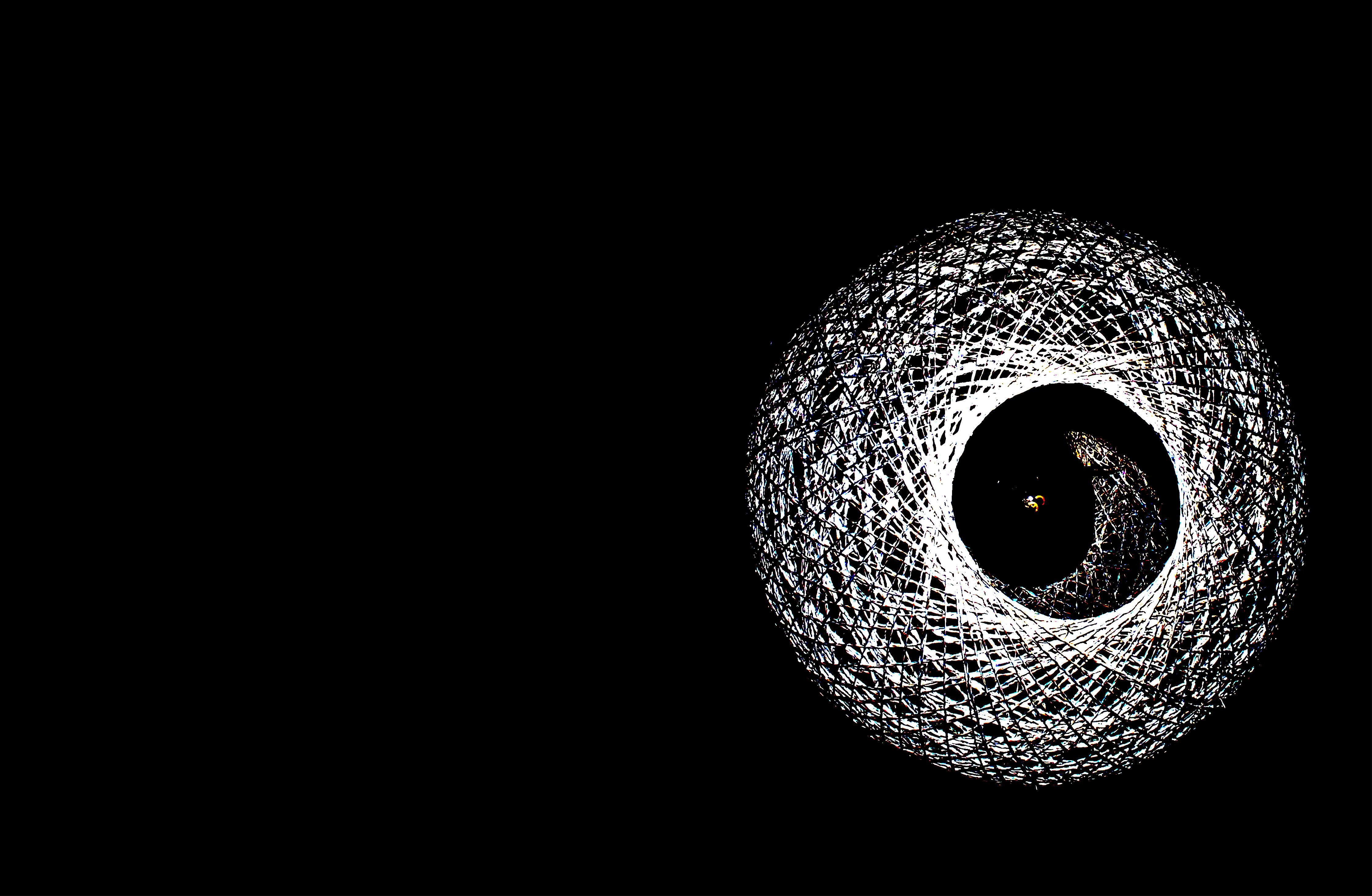
Image number 4.
Technical:
Lighting – All natural lighting that is coming through a large nearby window.
Aperture – The aperture was higher than usual so the image would be a lot brighter due to more light going into the lens.
Shutter Speed – The shutter speed in this was around 1/10 of a second so that a fair amount of light could enter the camera.
ISO and White Balance – The ISO and white Balance were turned up so the colours were bright and the differences in colour were also prominant.
Visual:
The visual elements of this photo include an almost singular colour look with the different shades of white and the high tone that makes the difference in colours noticeable. There is quite a smooth and 3D texture to this photo created by the brilliance of colour in the mirror frame and the shadows in the corner giving the photograph some depth of field.

Image number 5.
Technical:
Lighting – All dim natural lighting with no artificial lighting.
Aperture – The aperture for this photo was slightly higher so that the dim areas of the photograph were a little brighter.
Shutter Speed – The shutter speed was fairly fast so that the image was sharp.
ISO and White Balance – The ISO and white balence are turned up slightly to increase the contrast in colours in the image.
Visual:
The visual elements of this image include black and white colour, a light tone, with dark spots here and there which give a 3D shape and depth of field to this image. The is also quite a rugged texture on the walls due to all the shadows in the marks in the walls.

The purpose of all of these images was to reflect my findings in case studies and previous blog posts about the world of abstract photography, experimenting with camera techniques and themes that can create “abstract images”.
